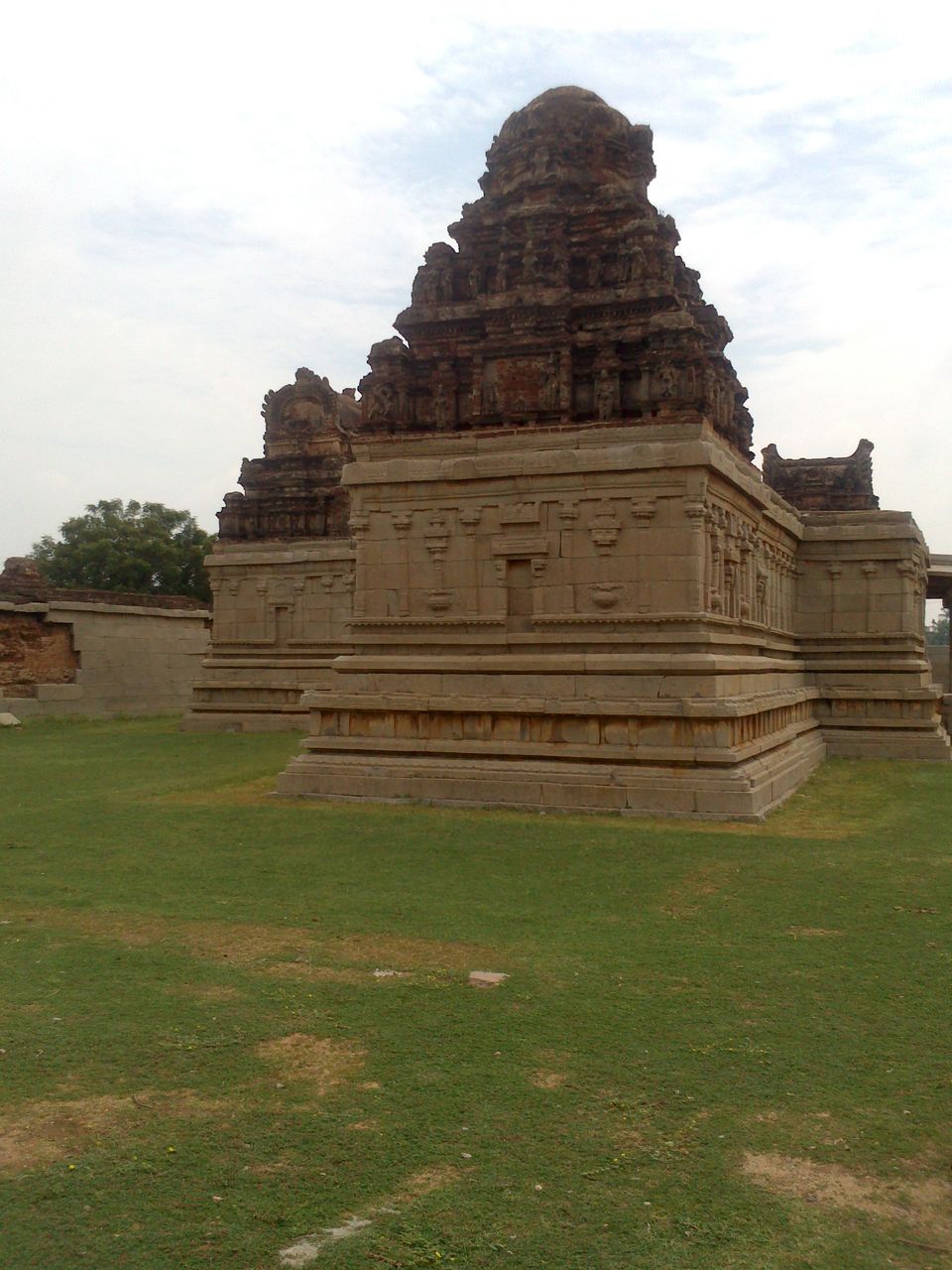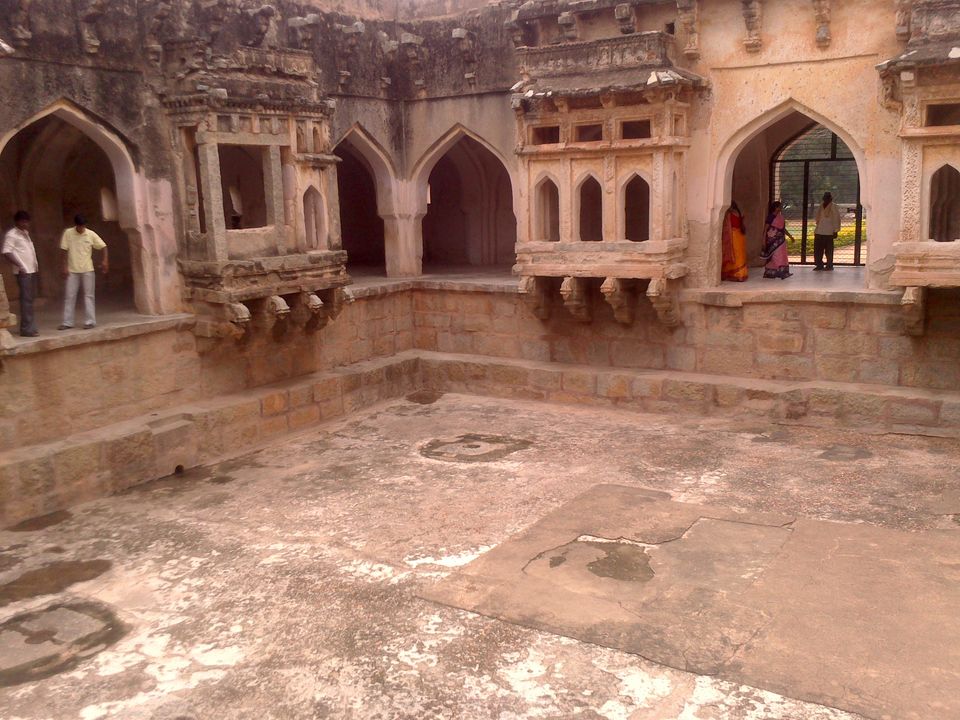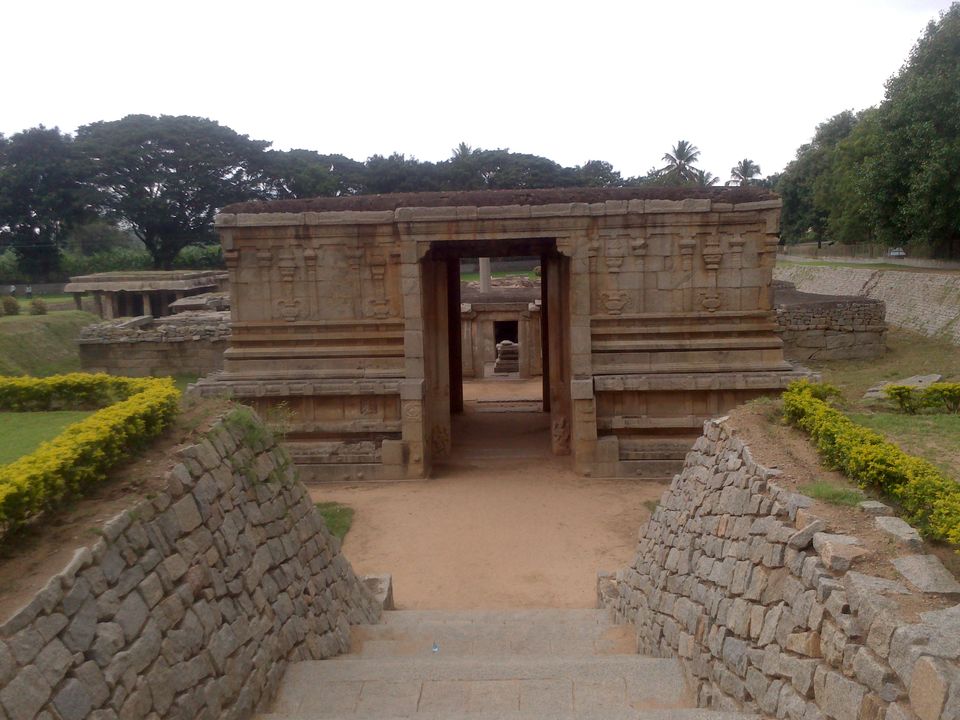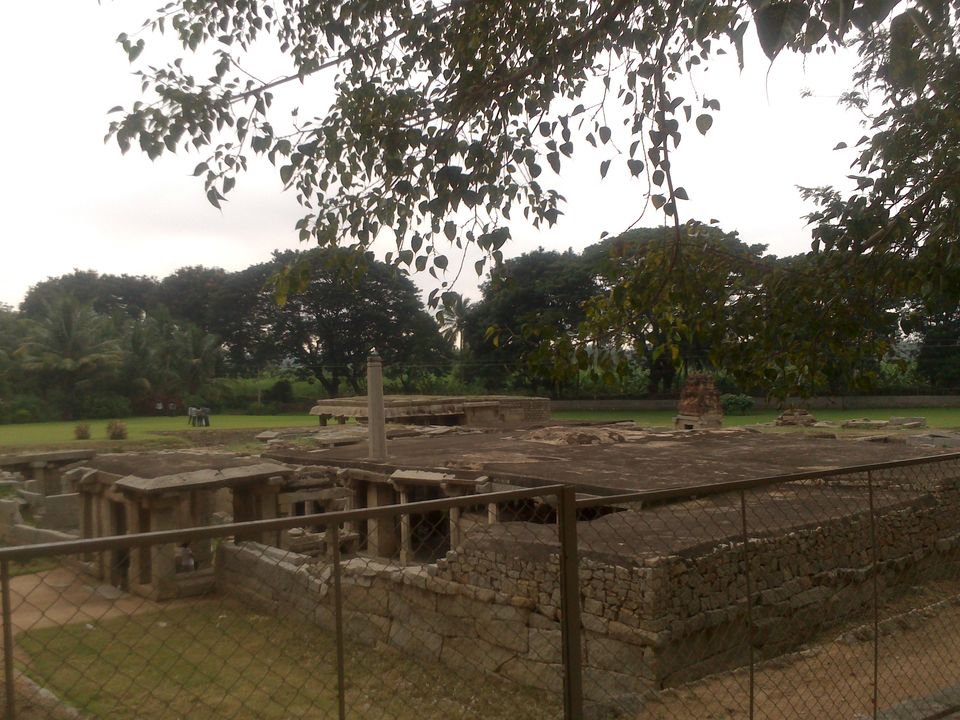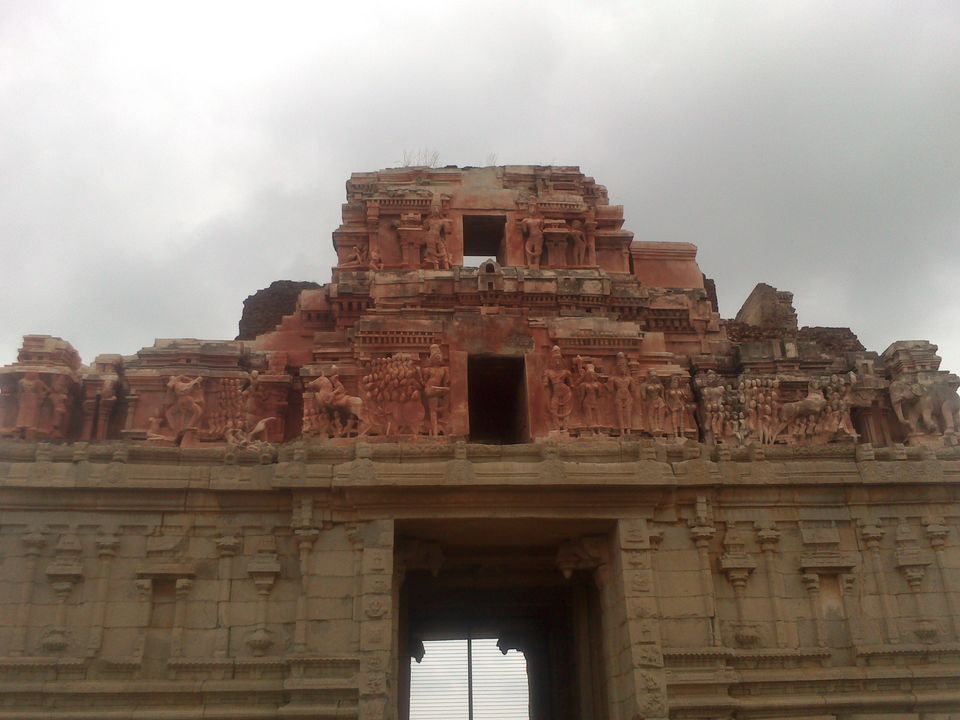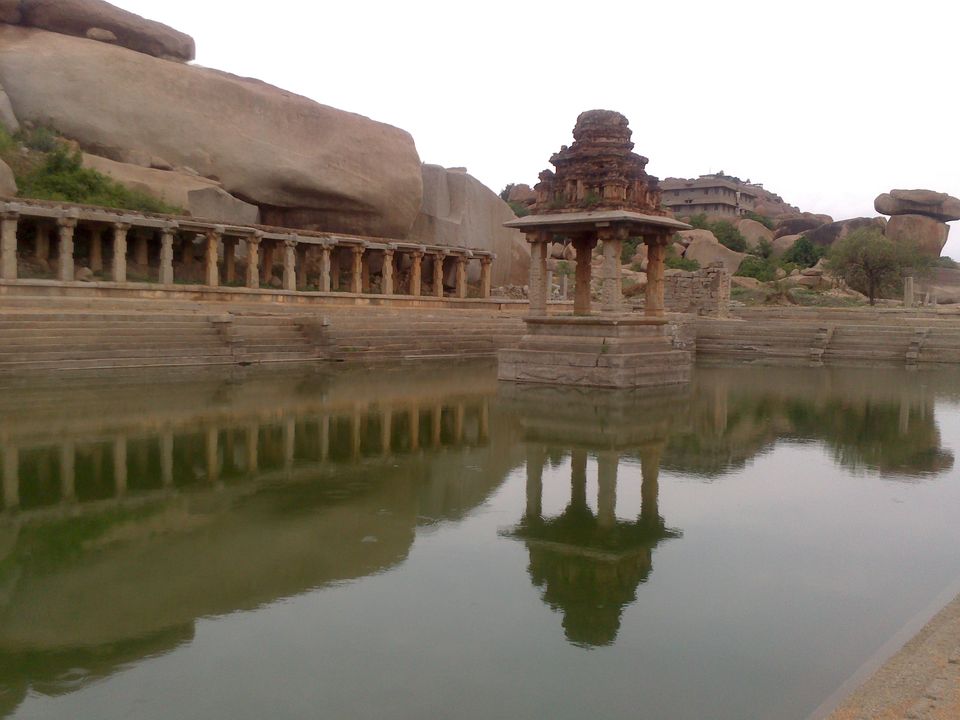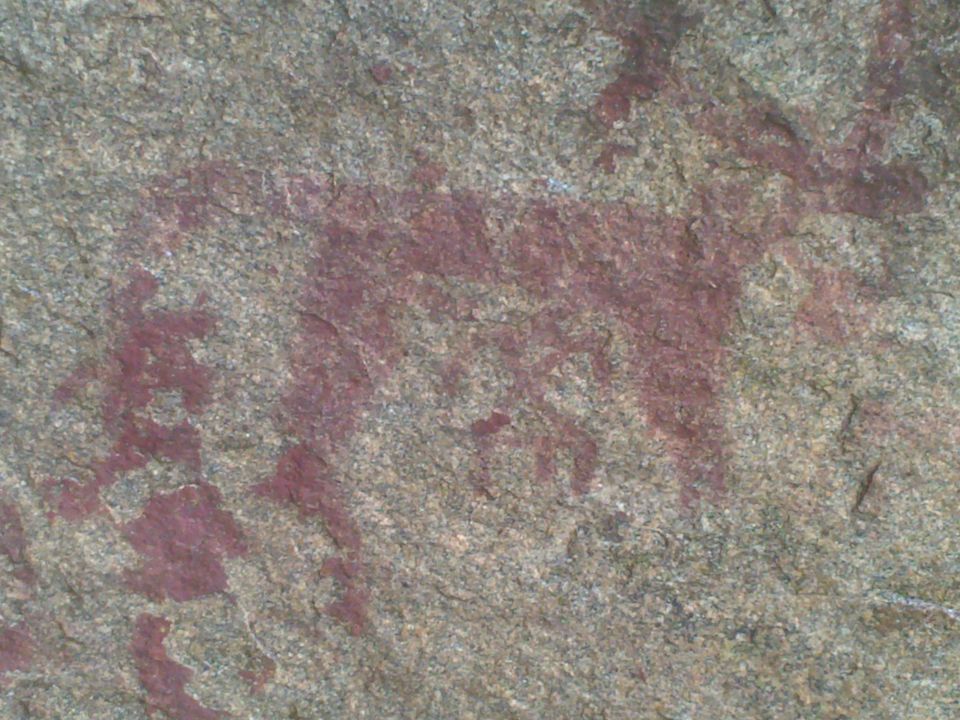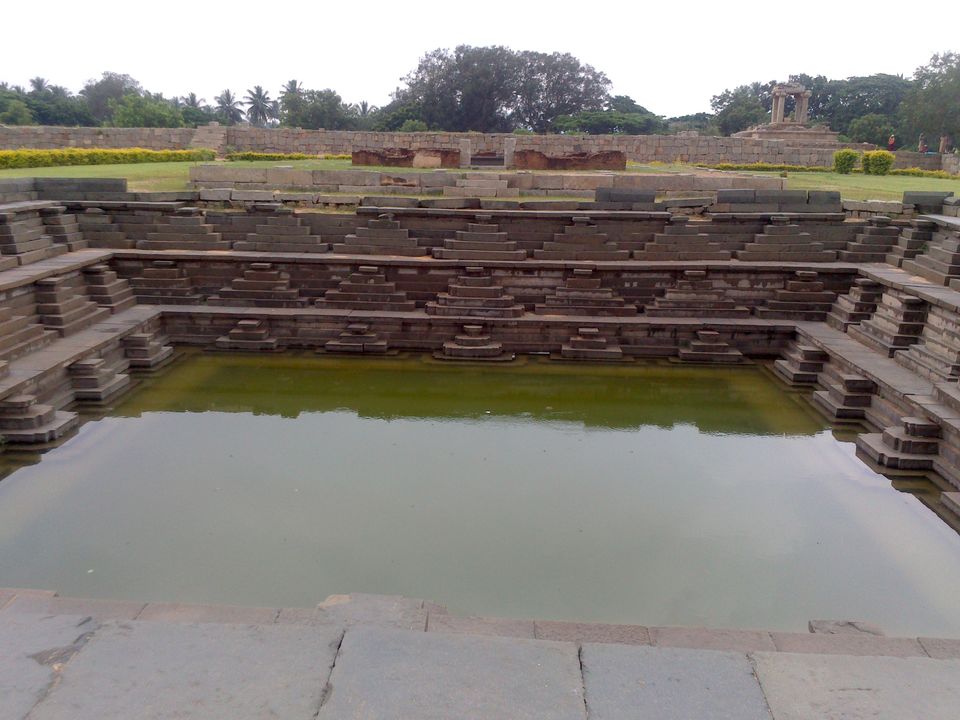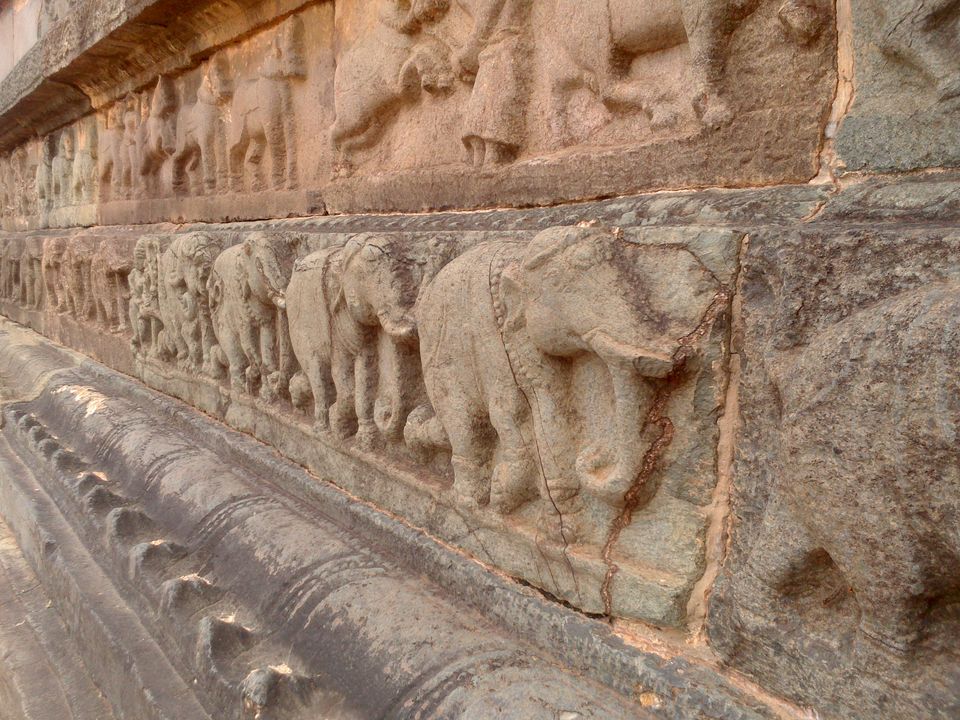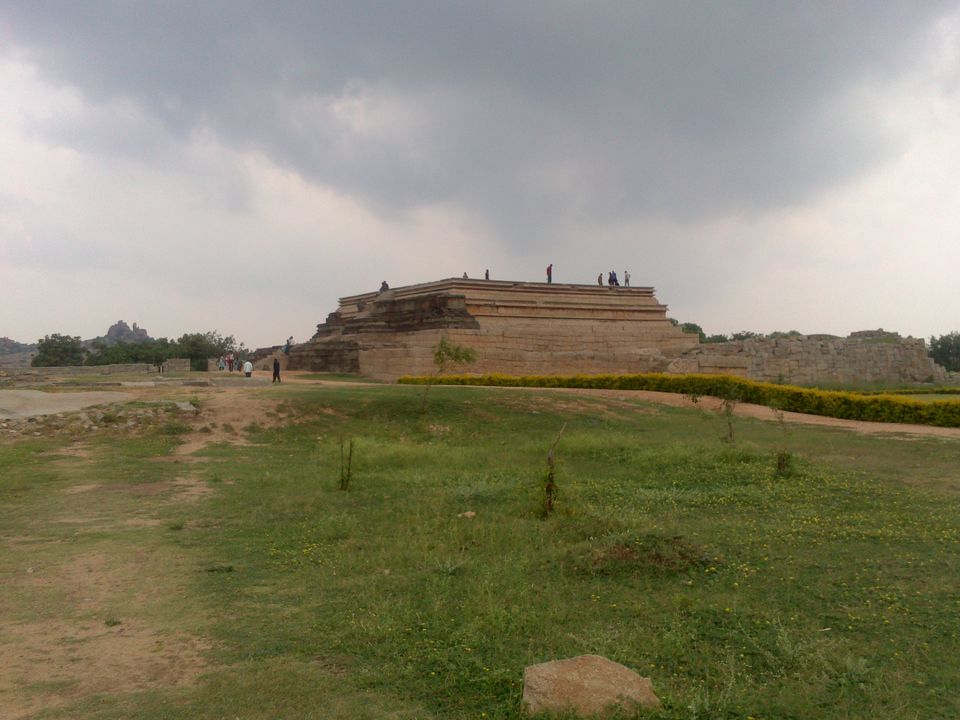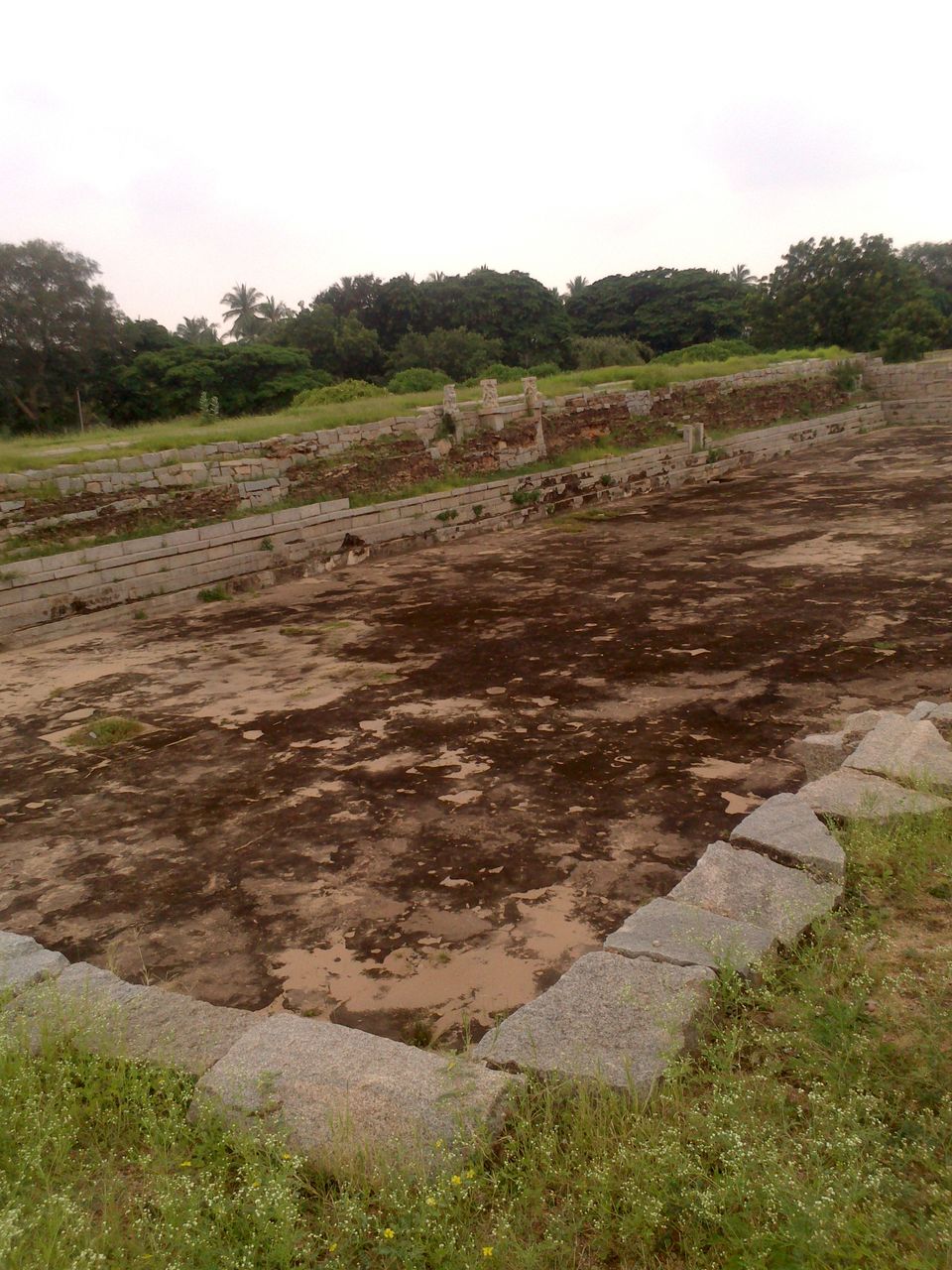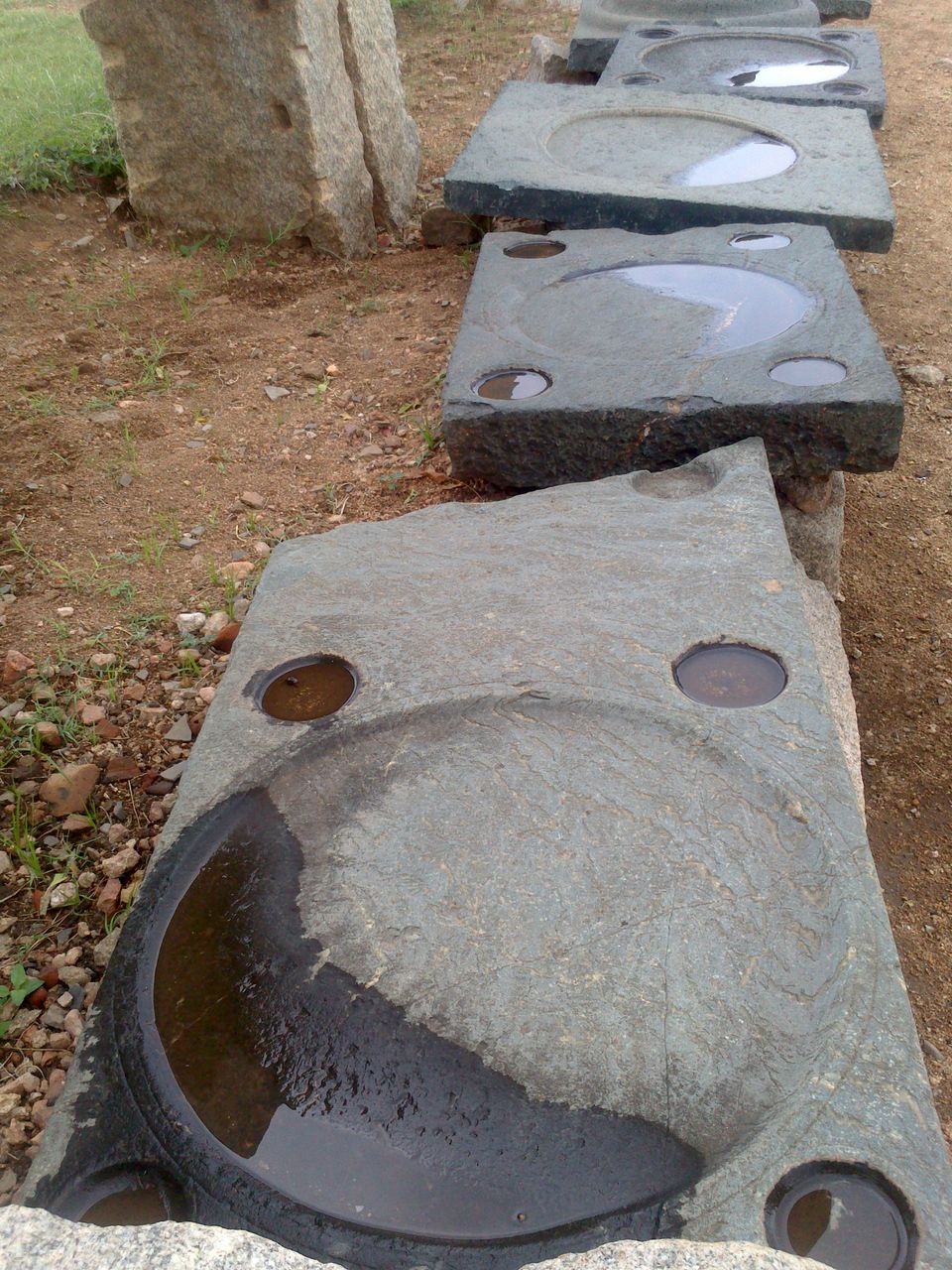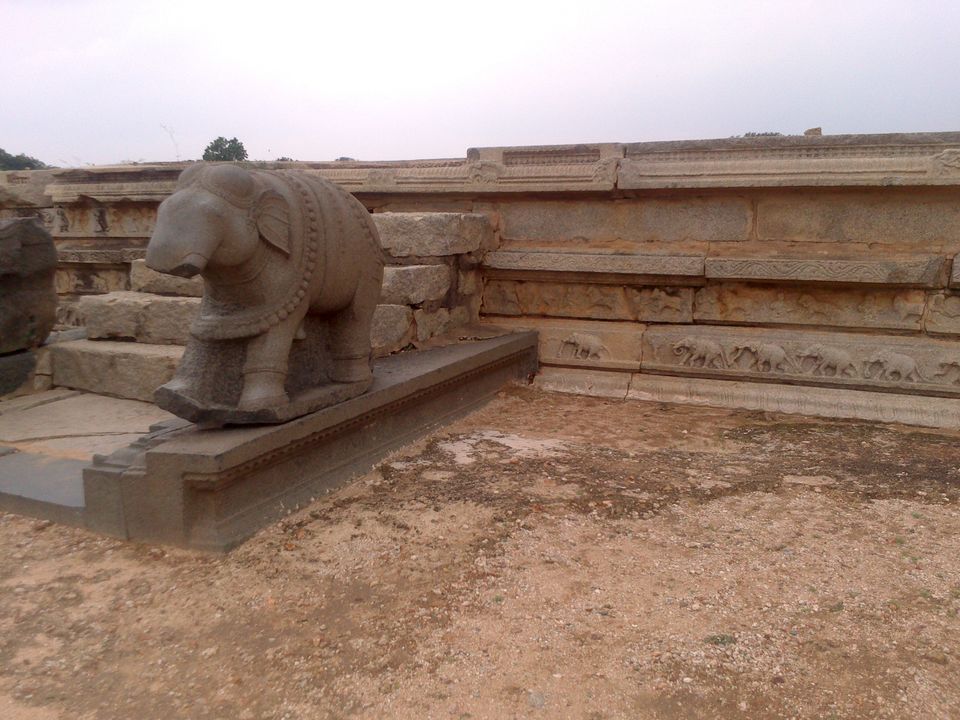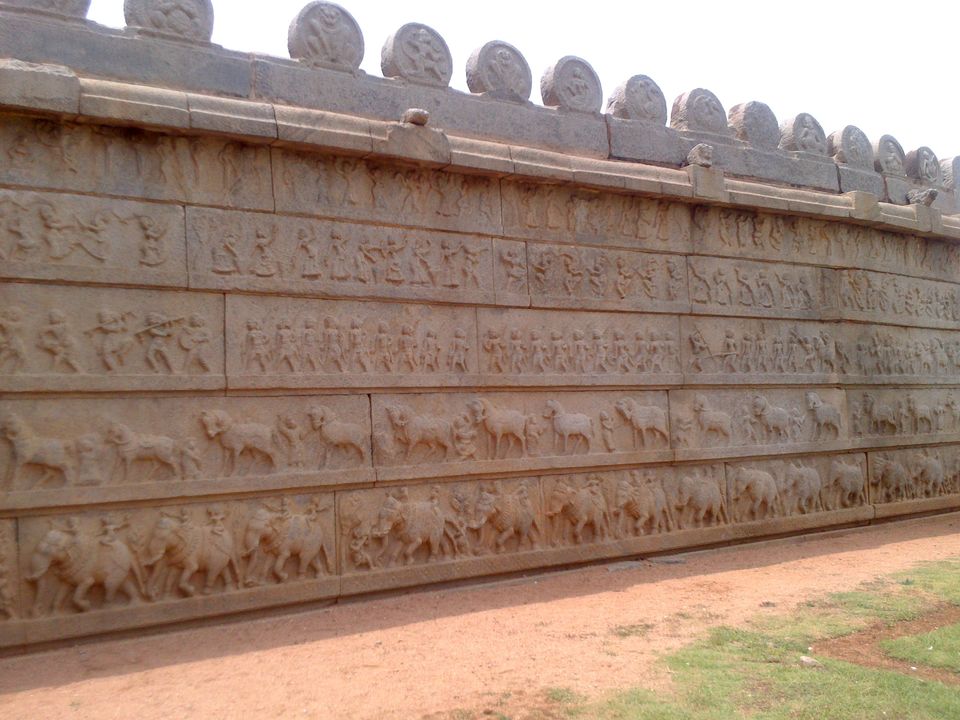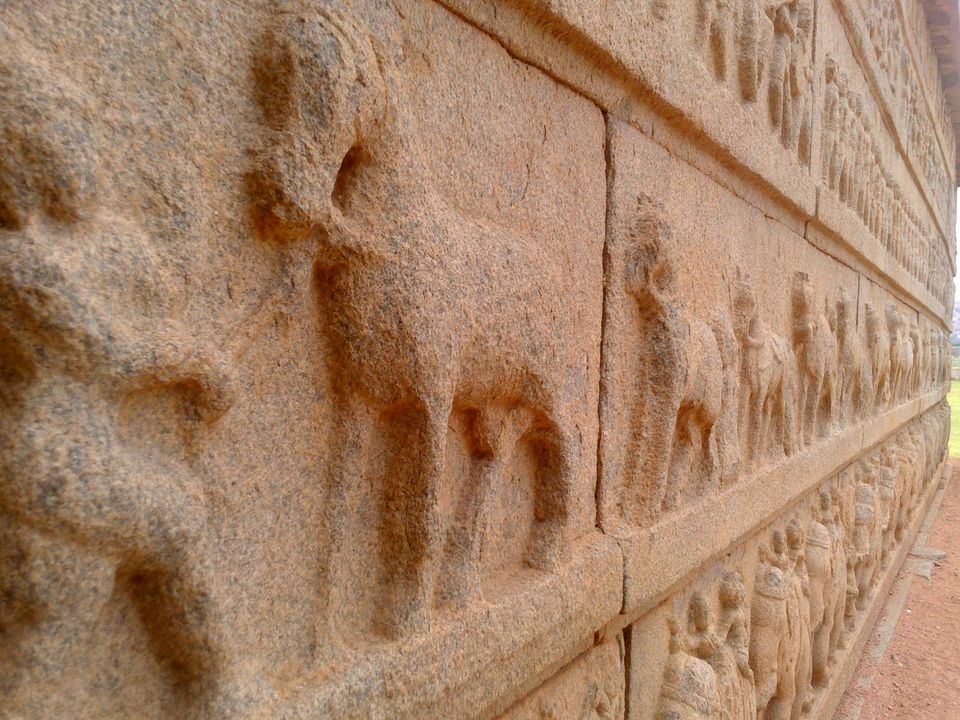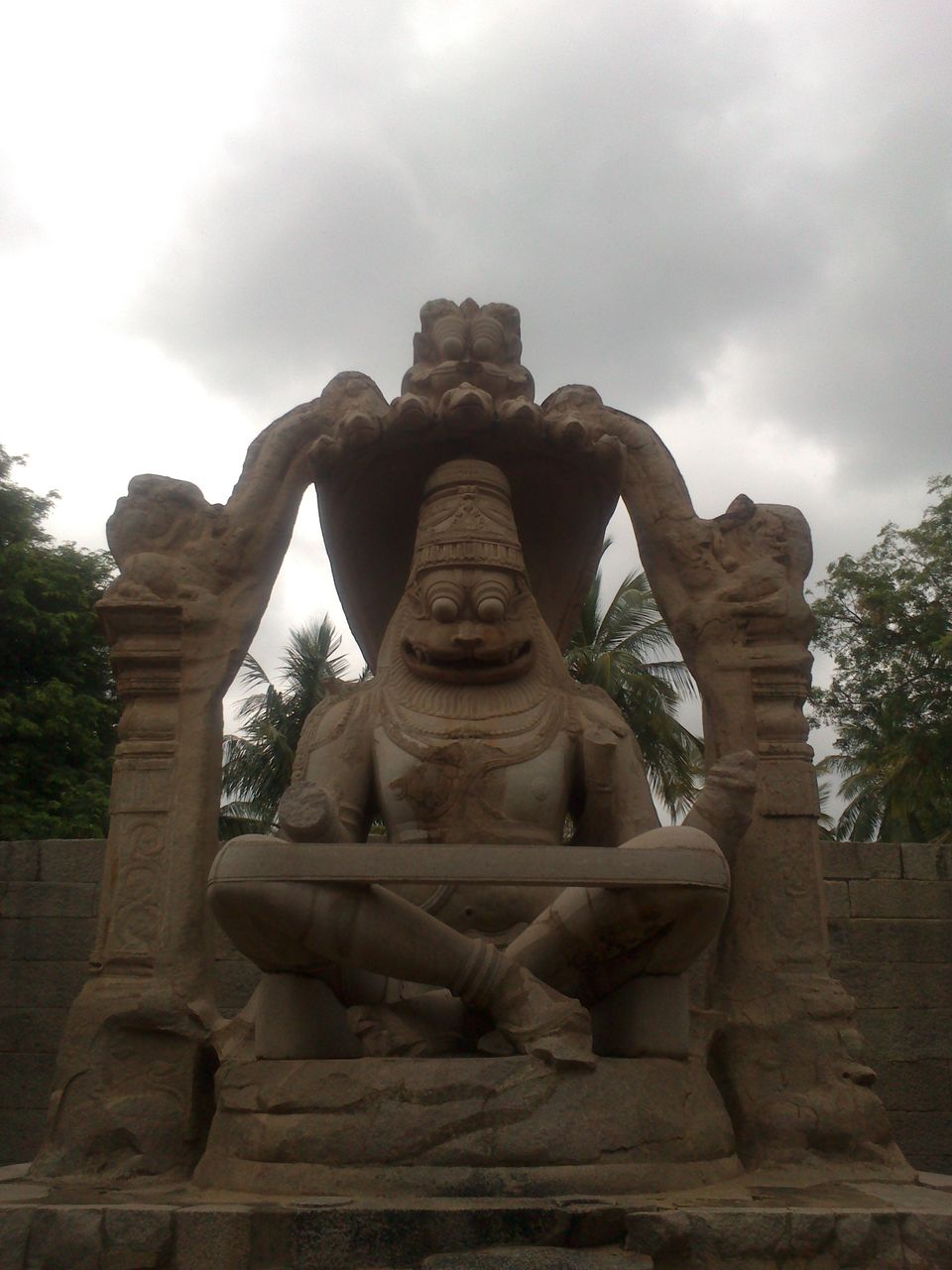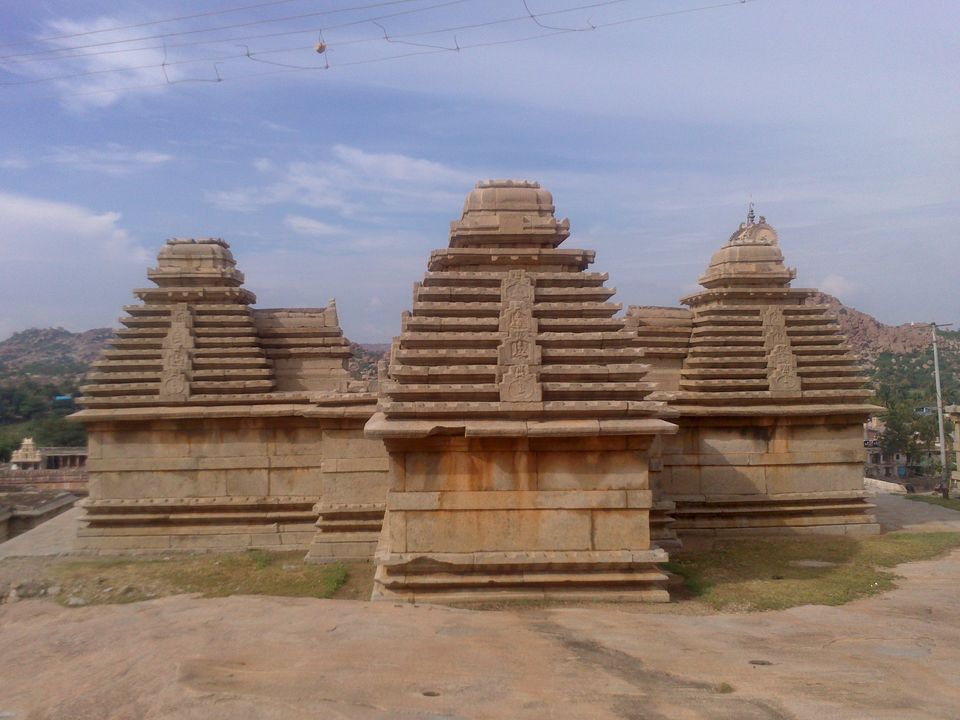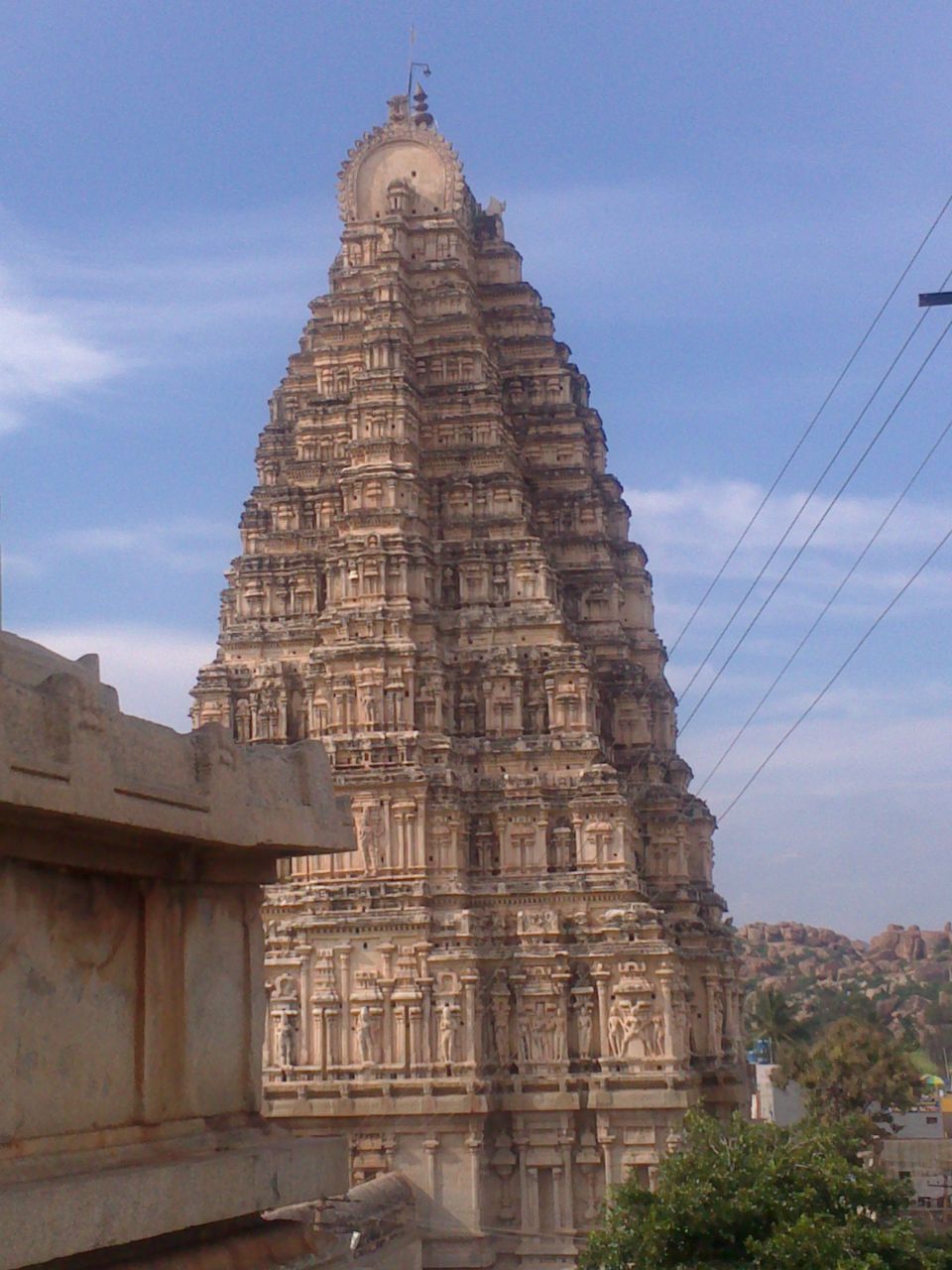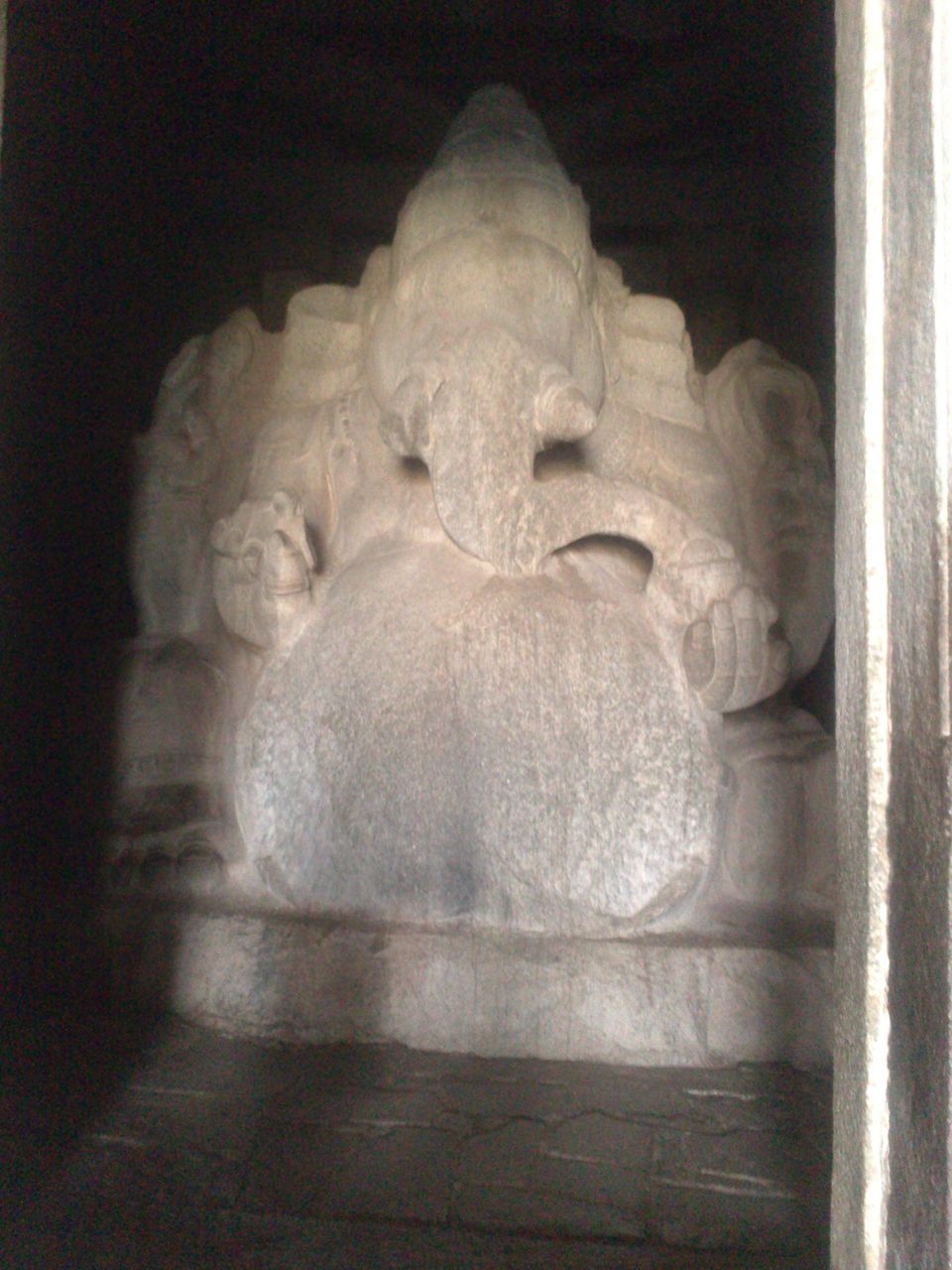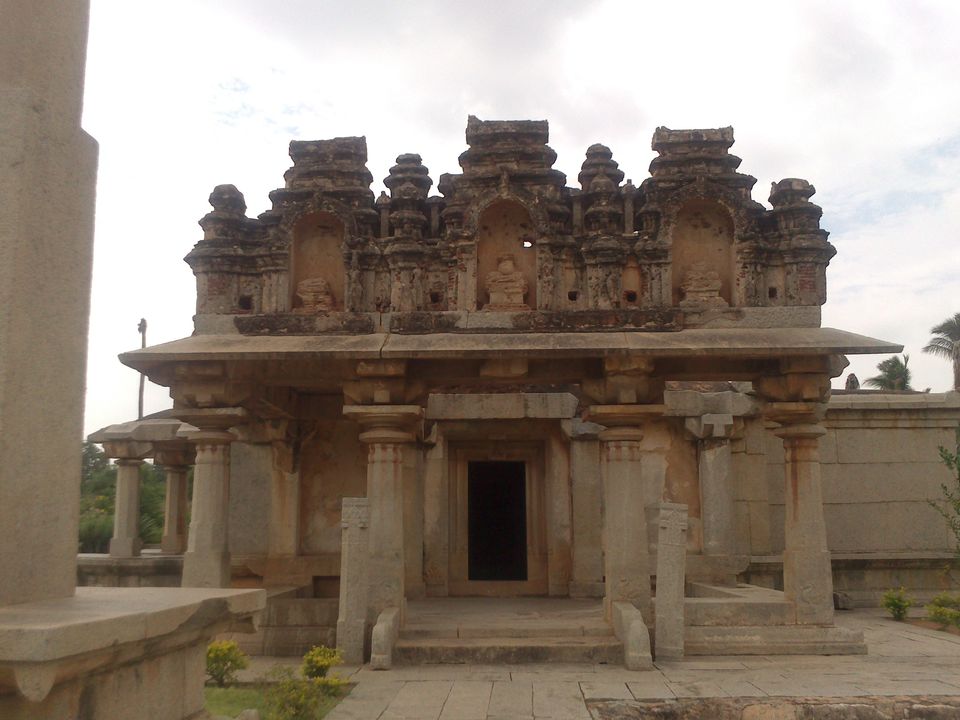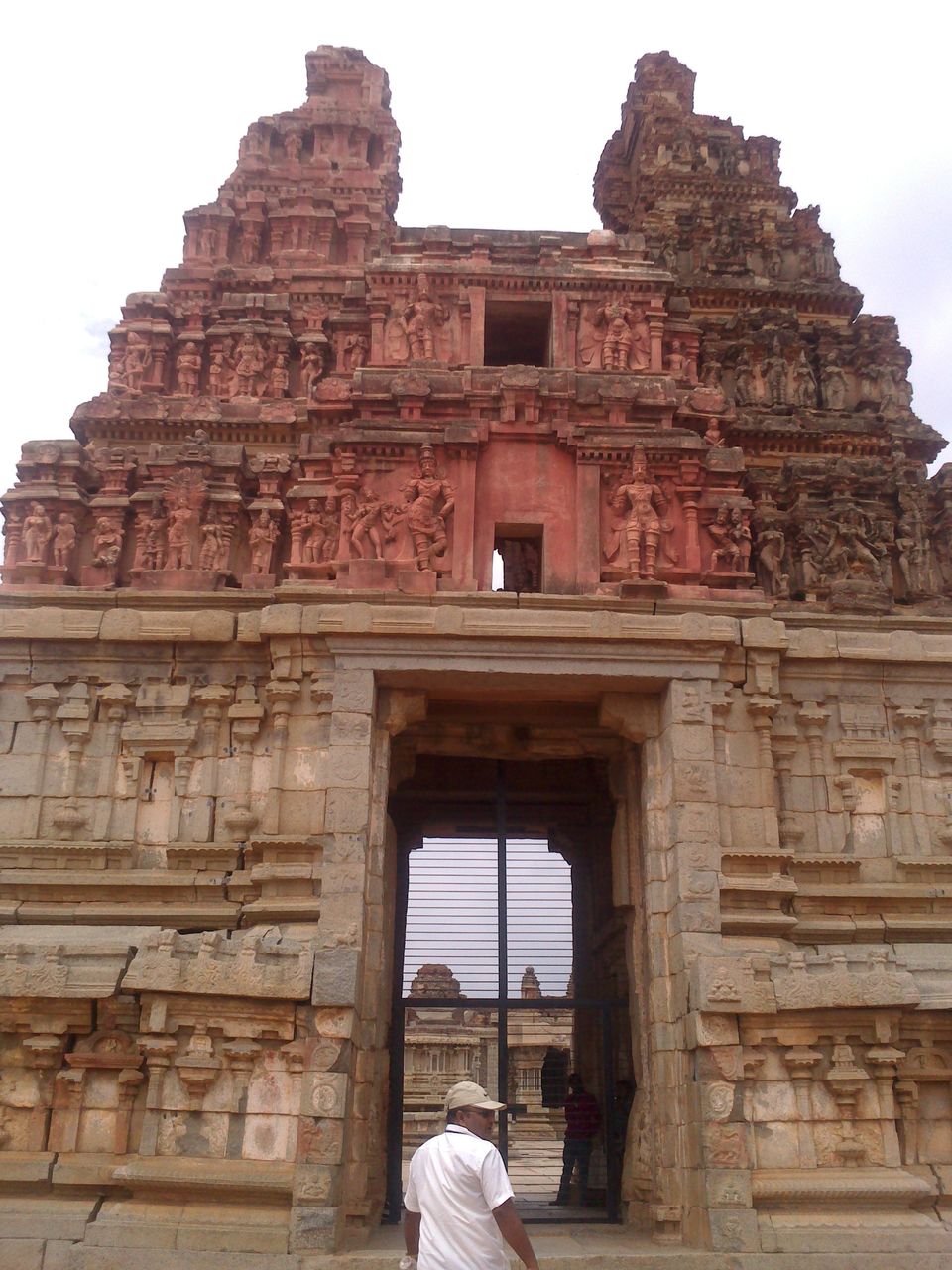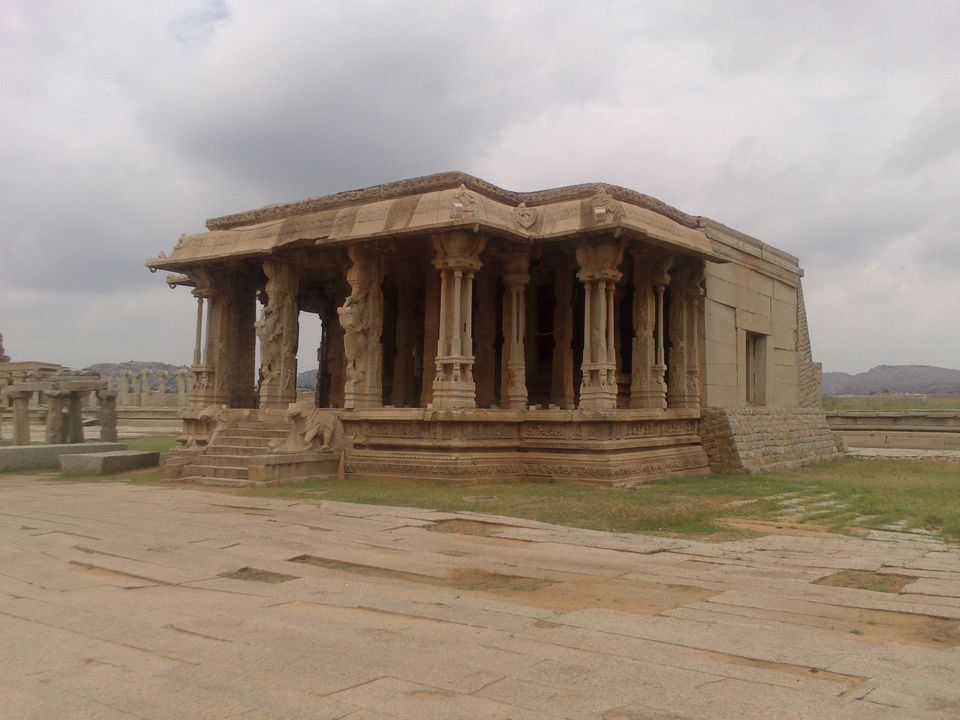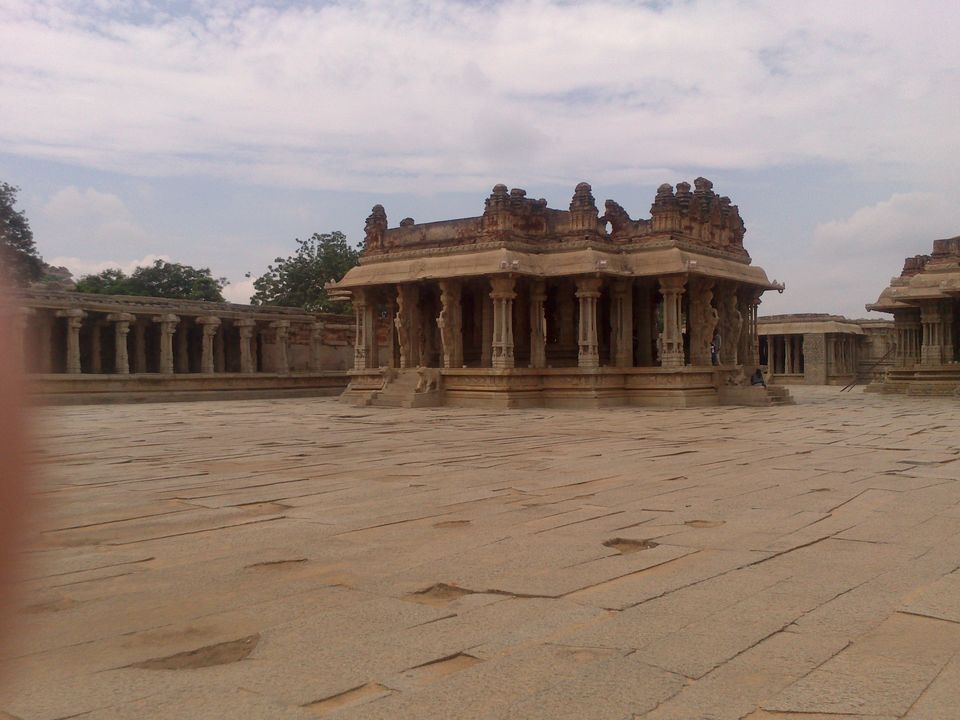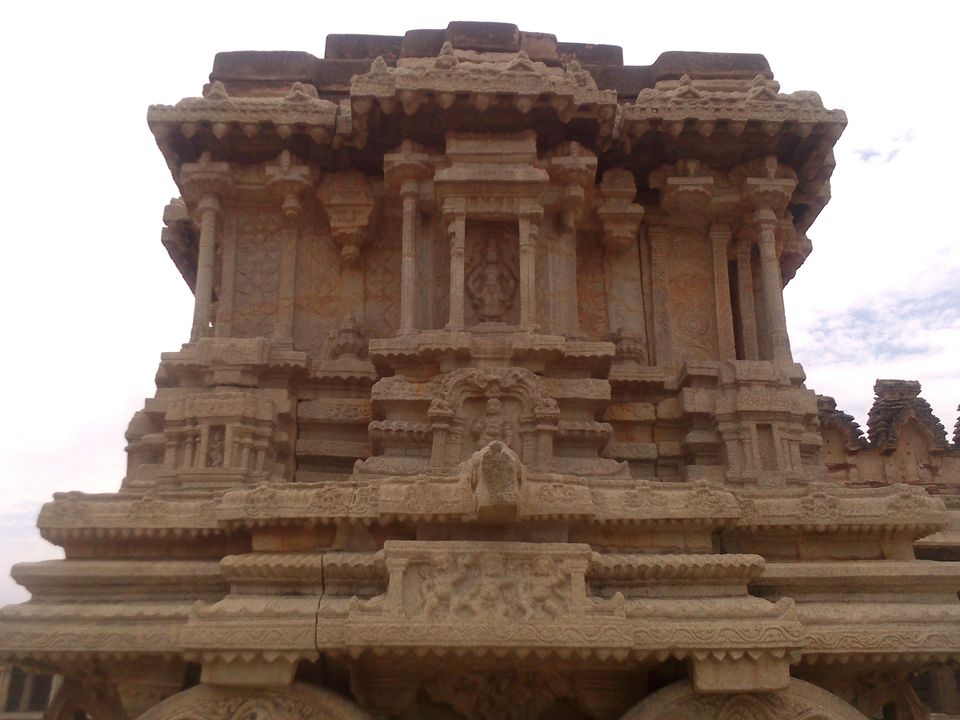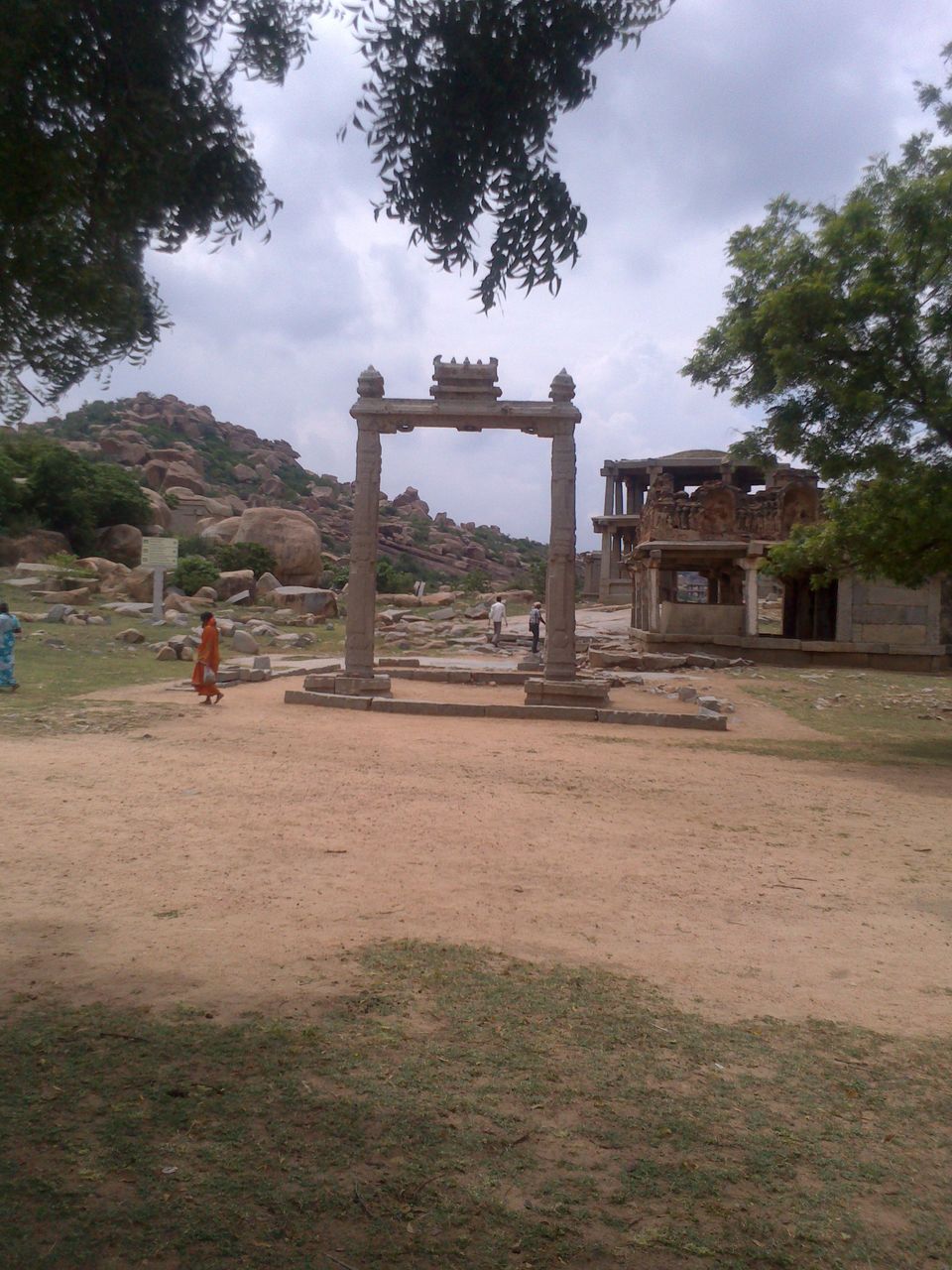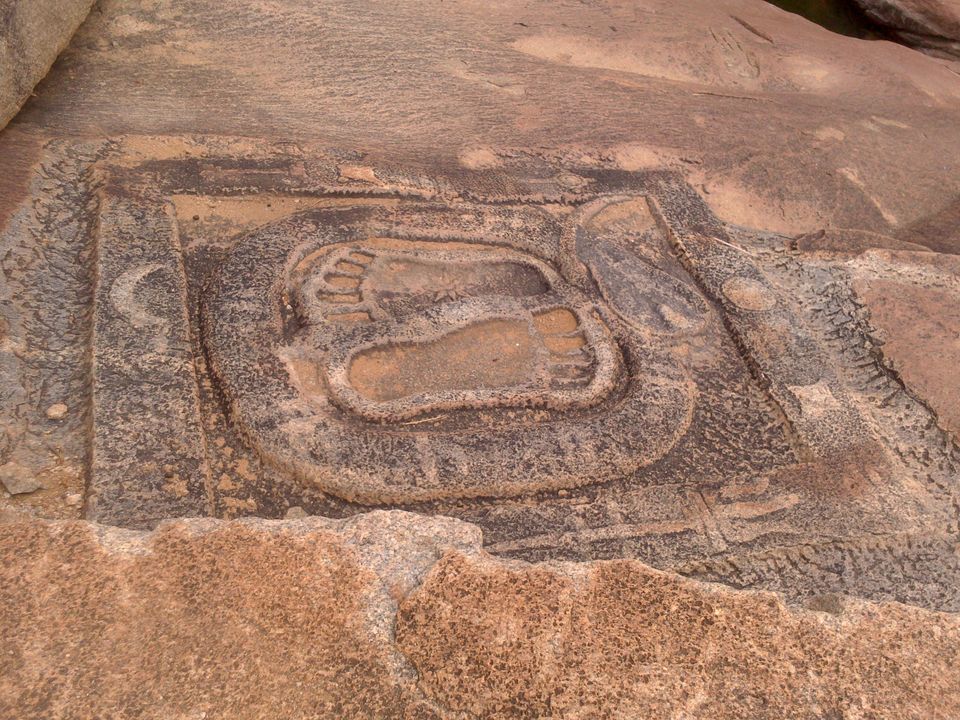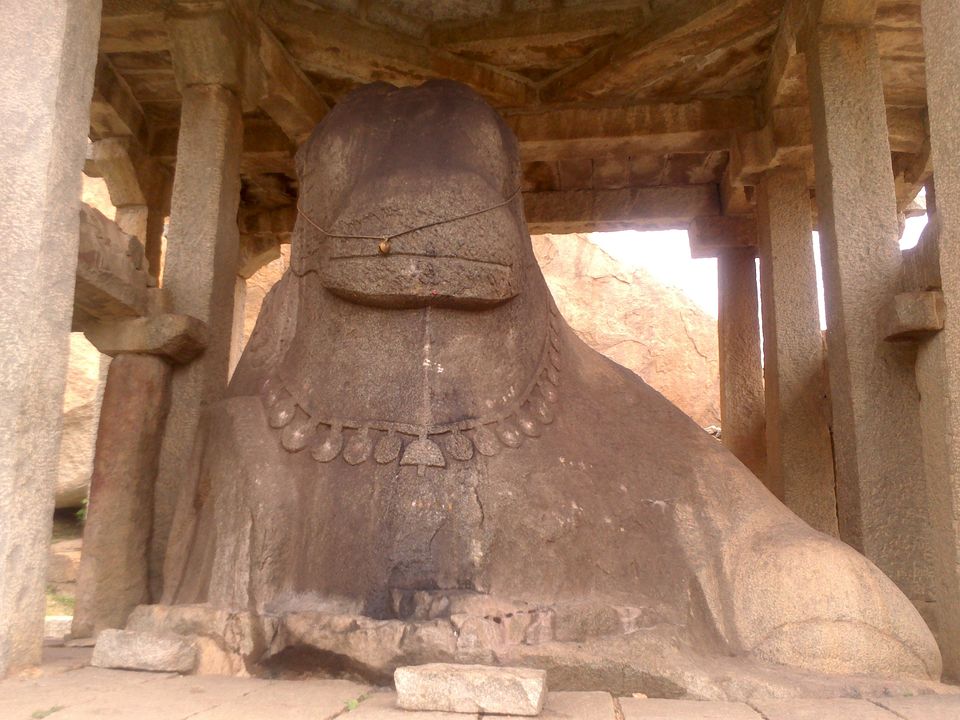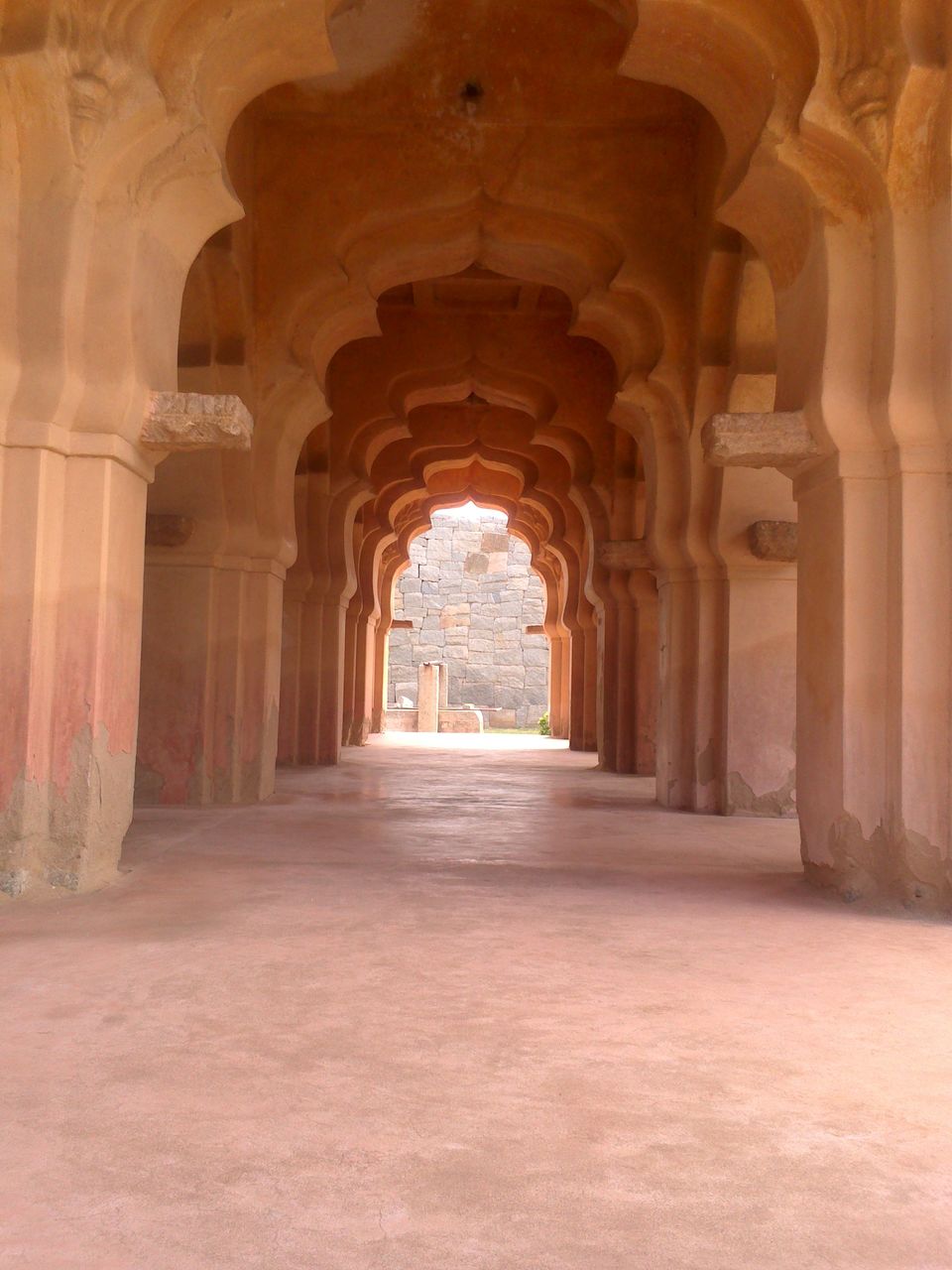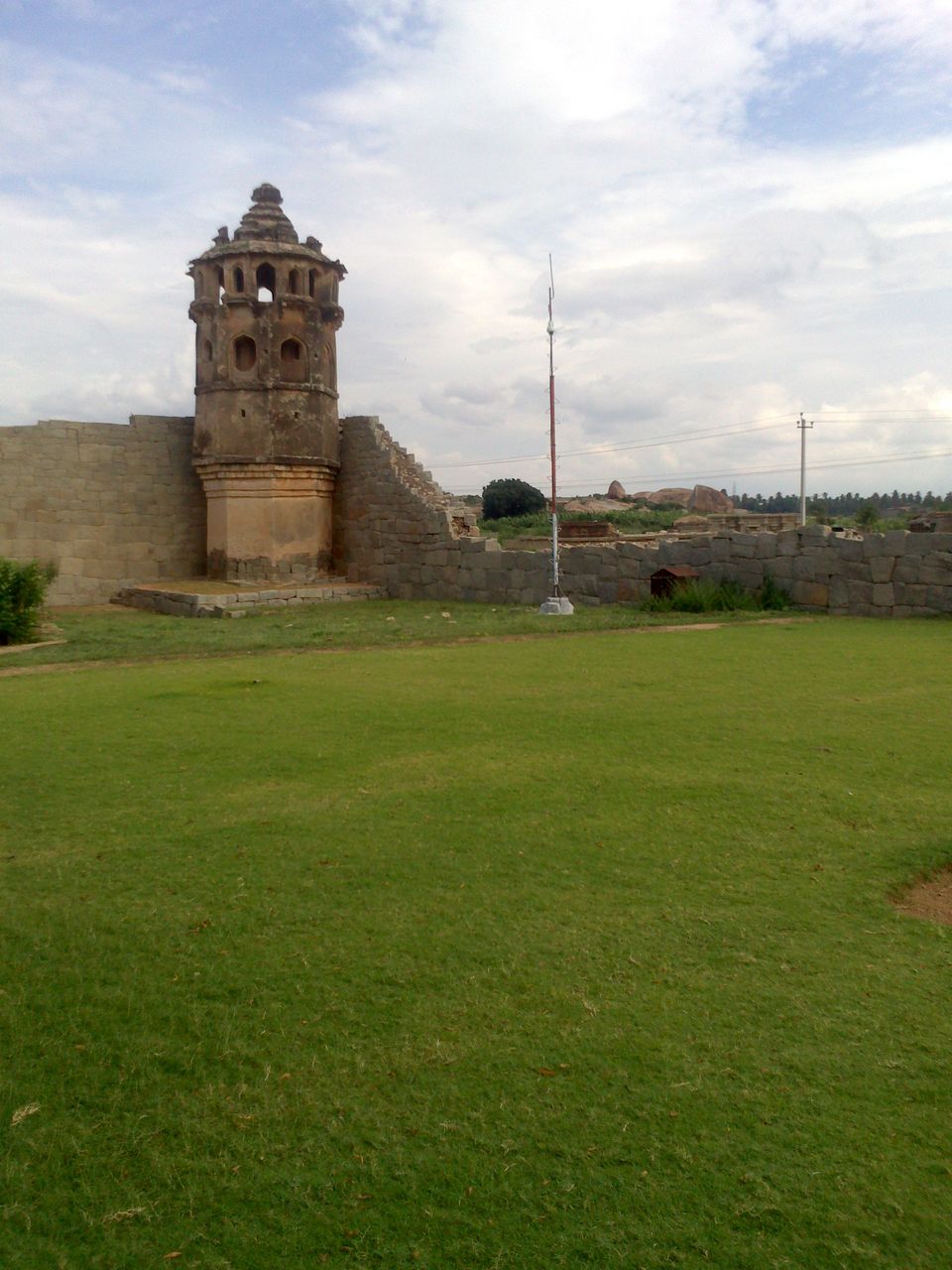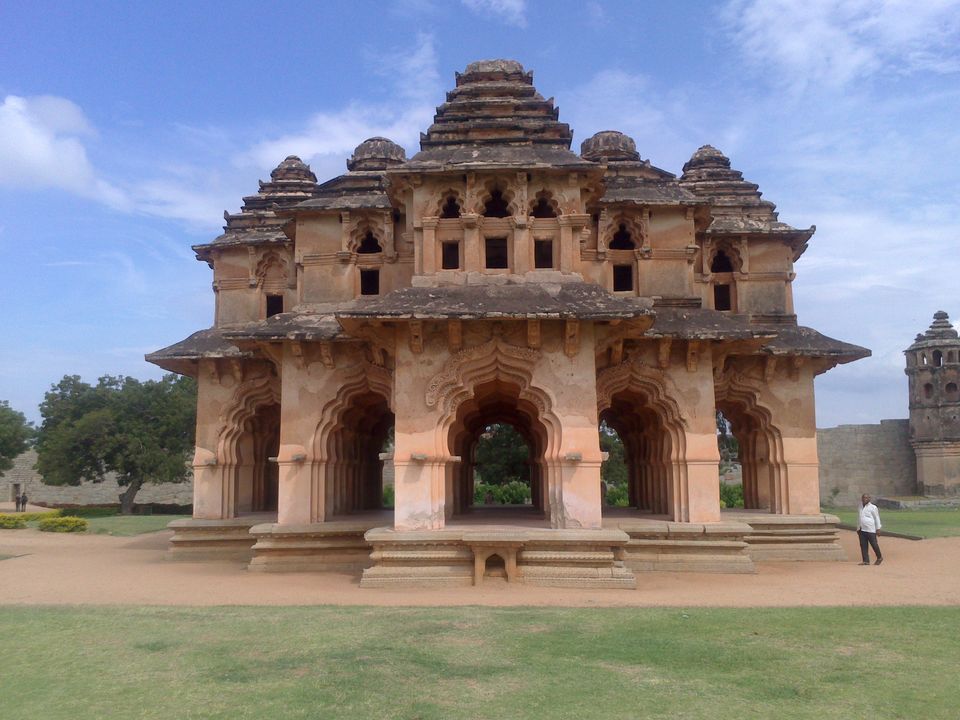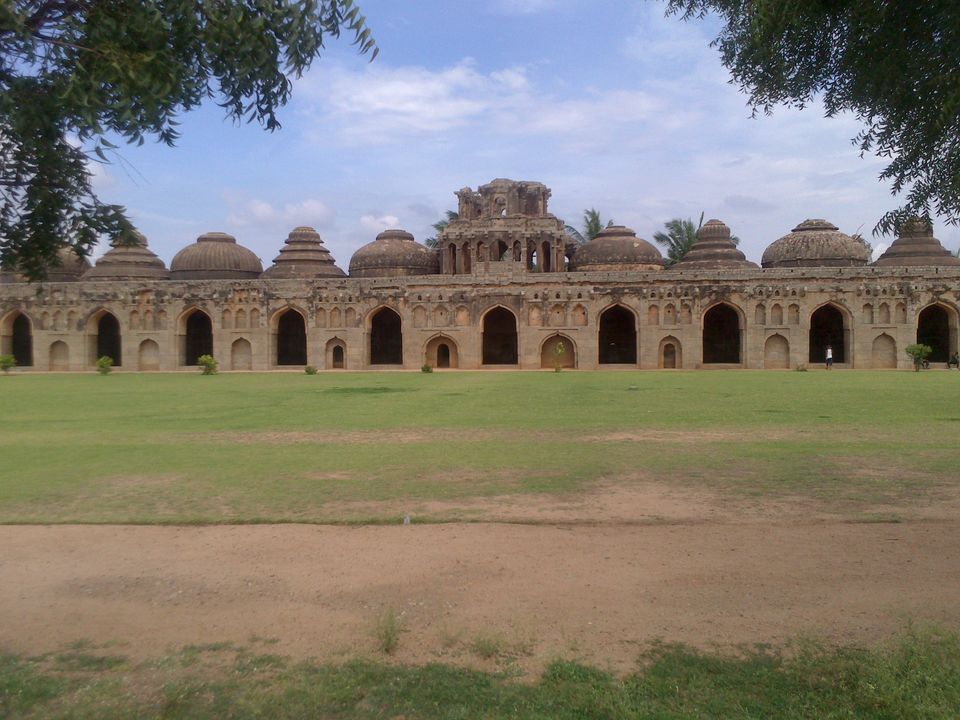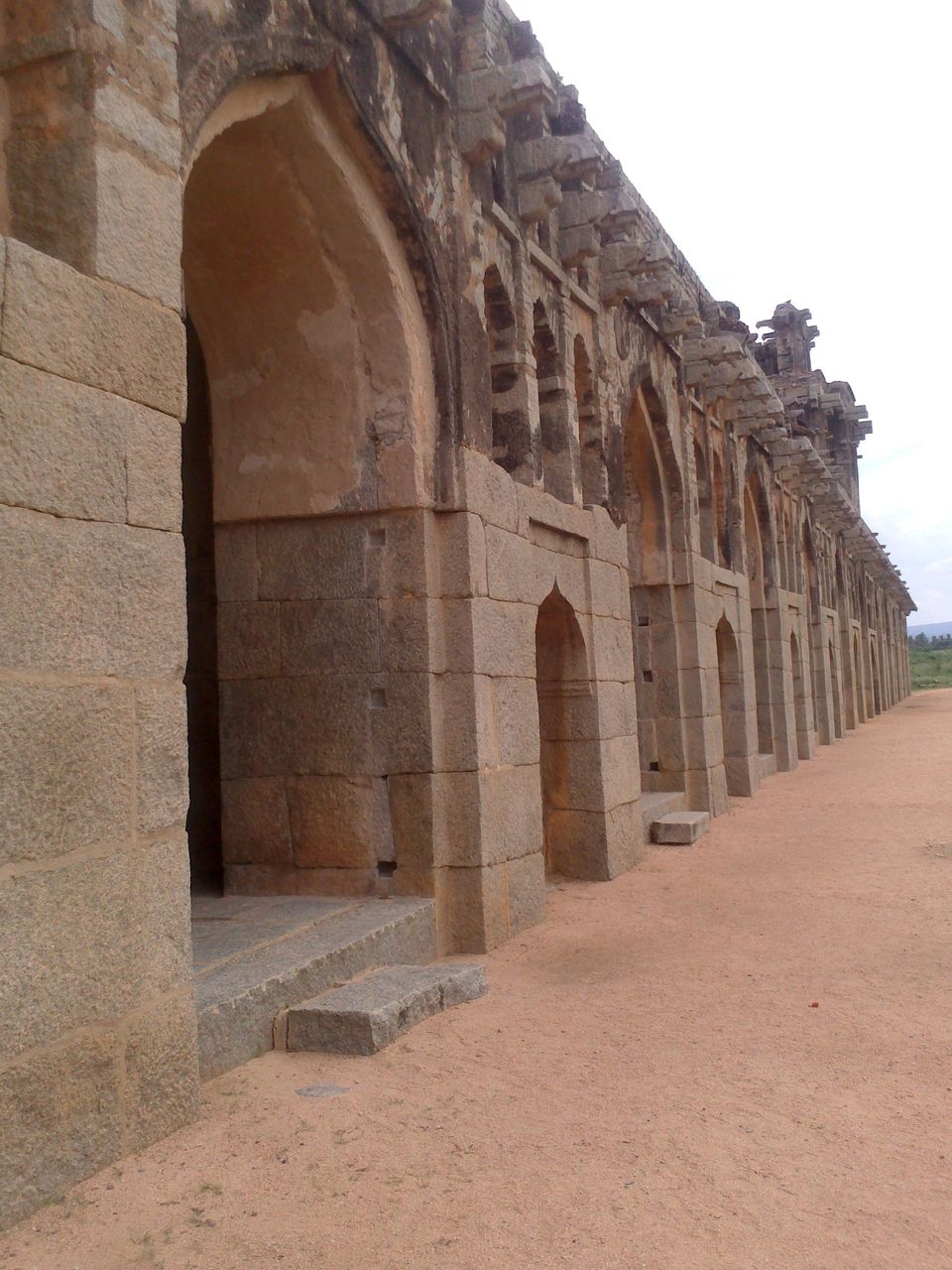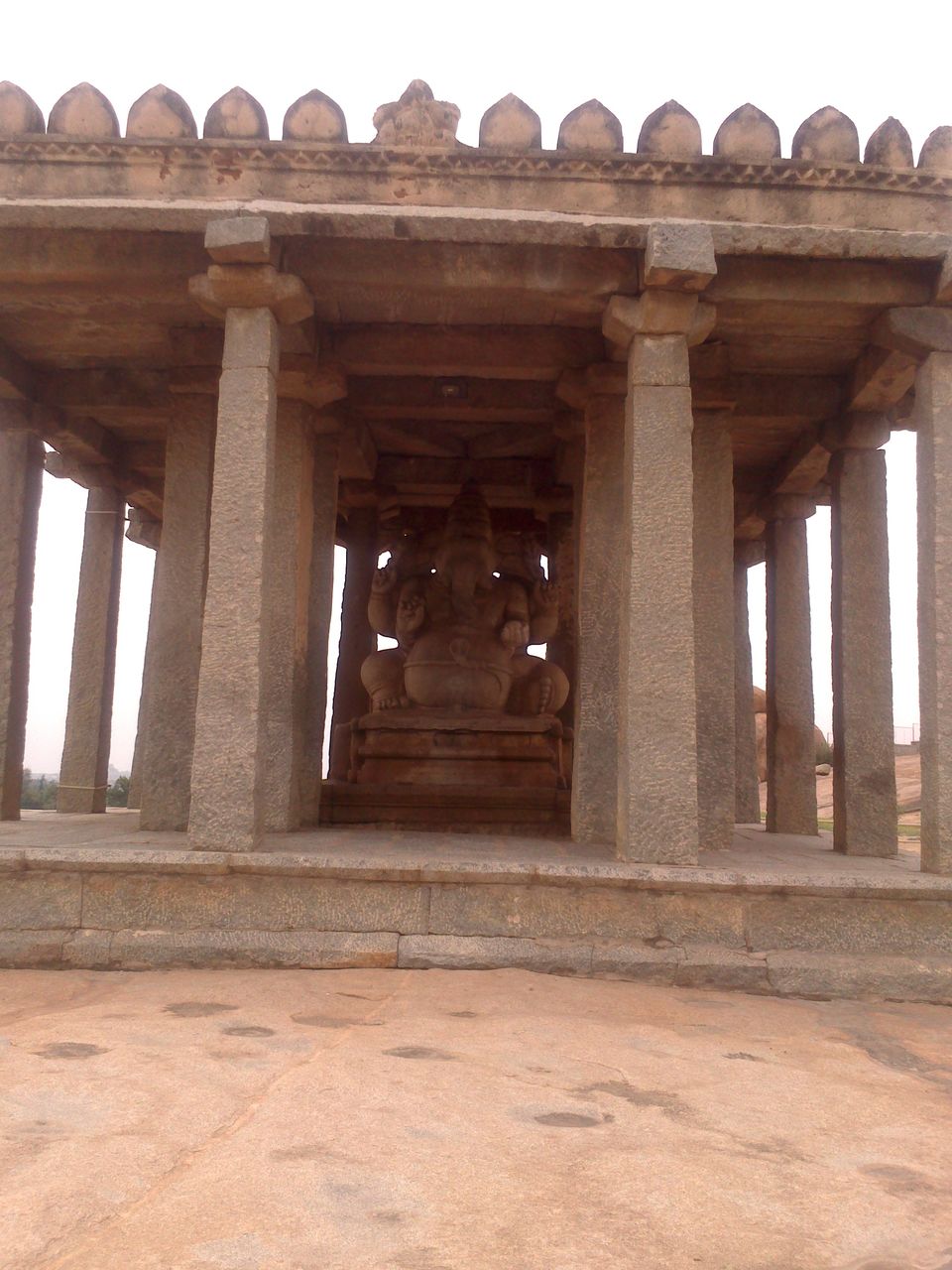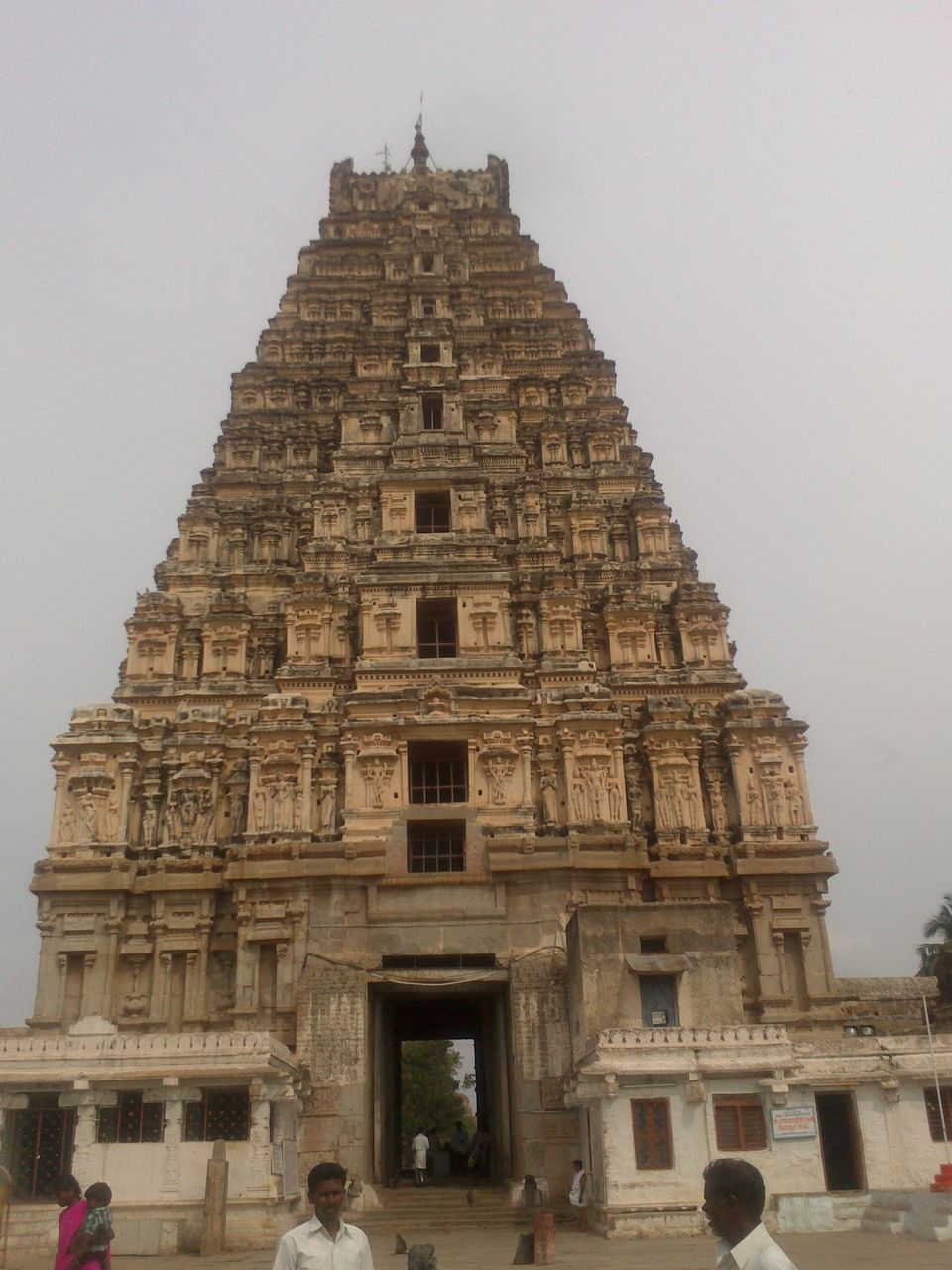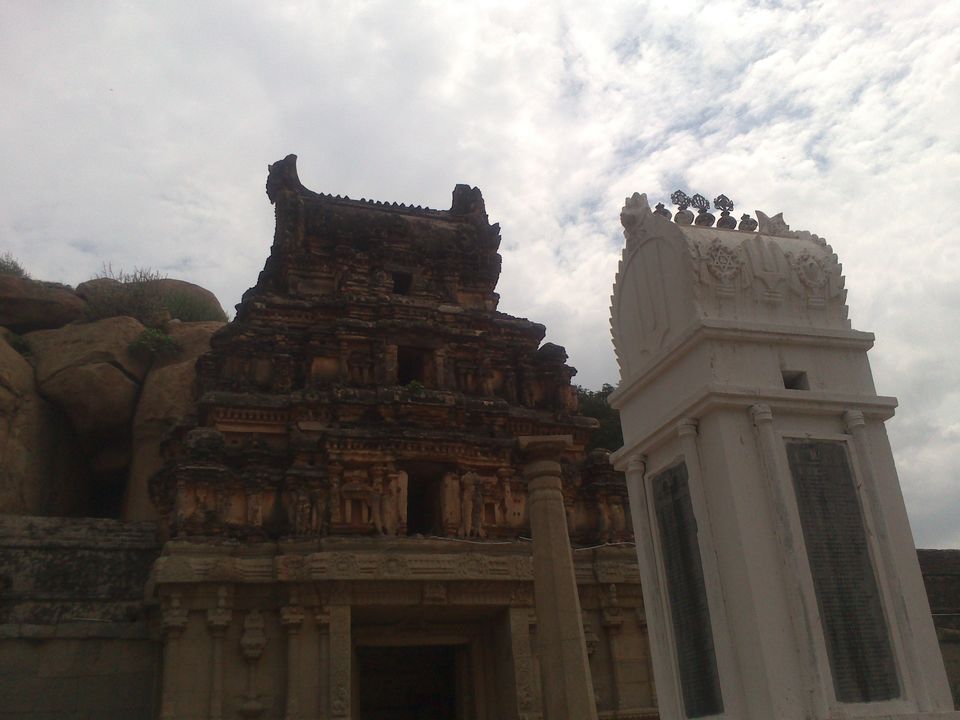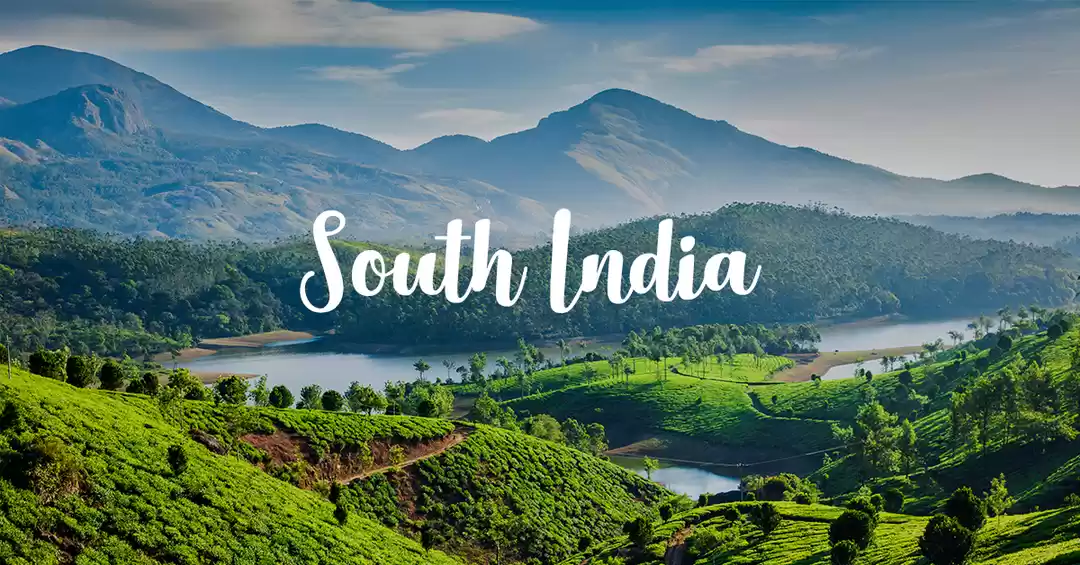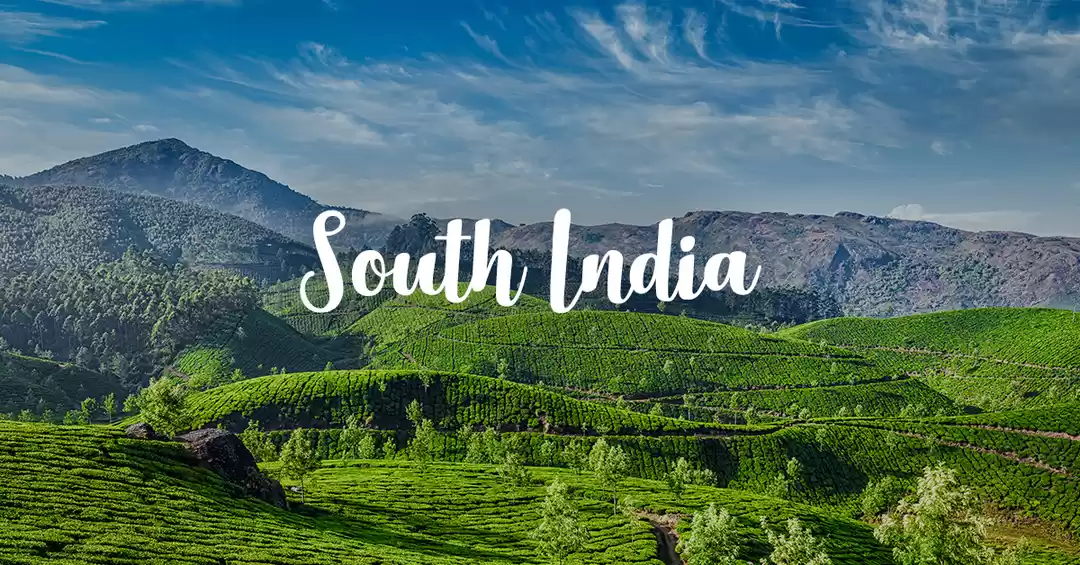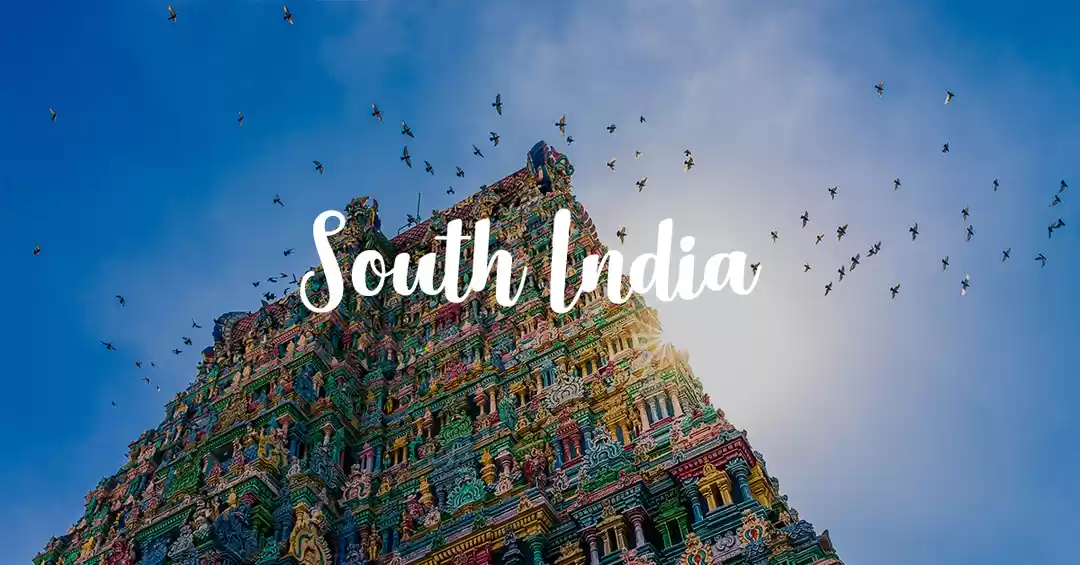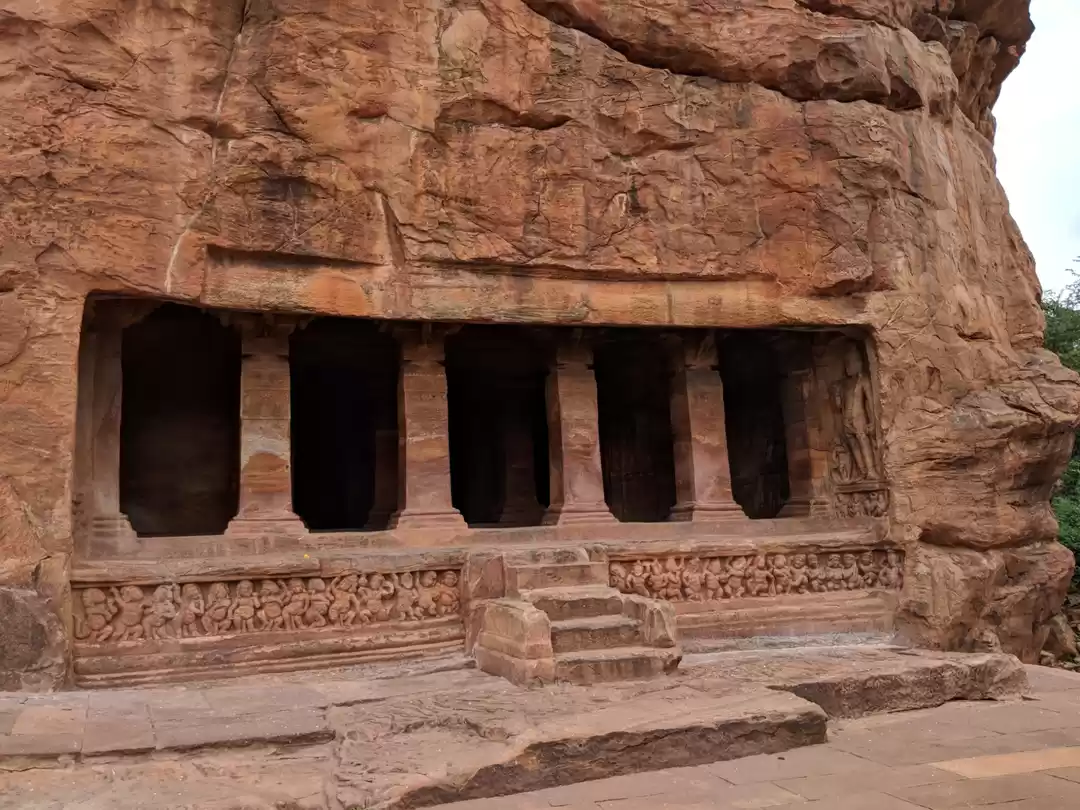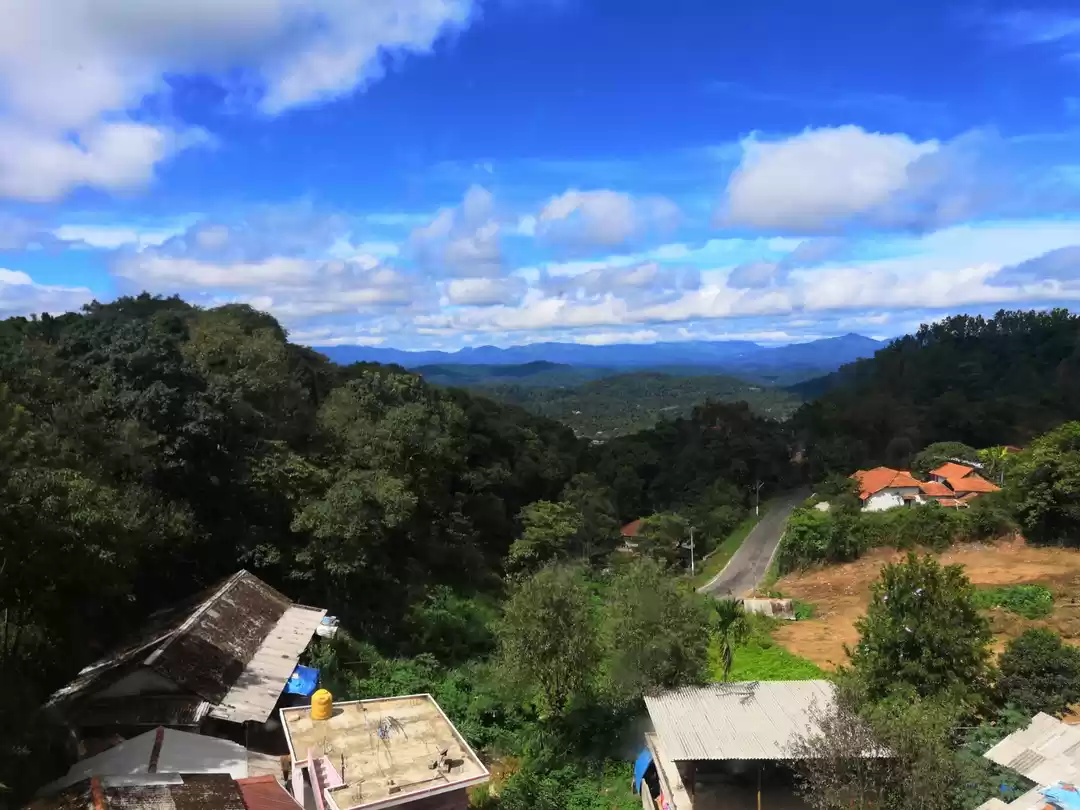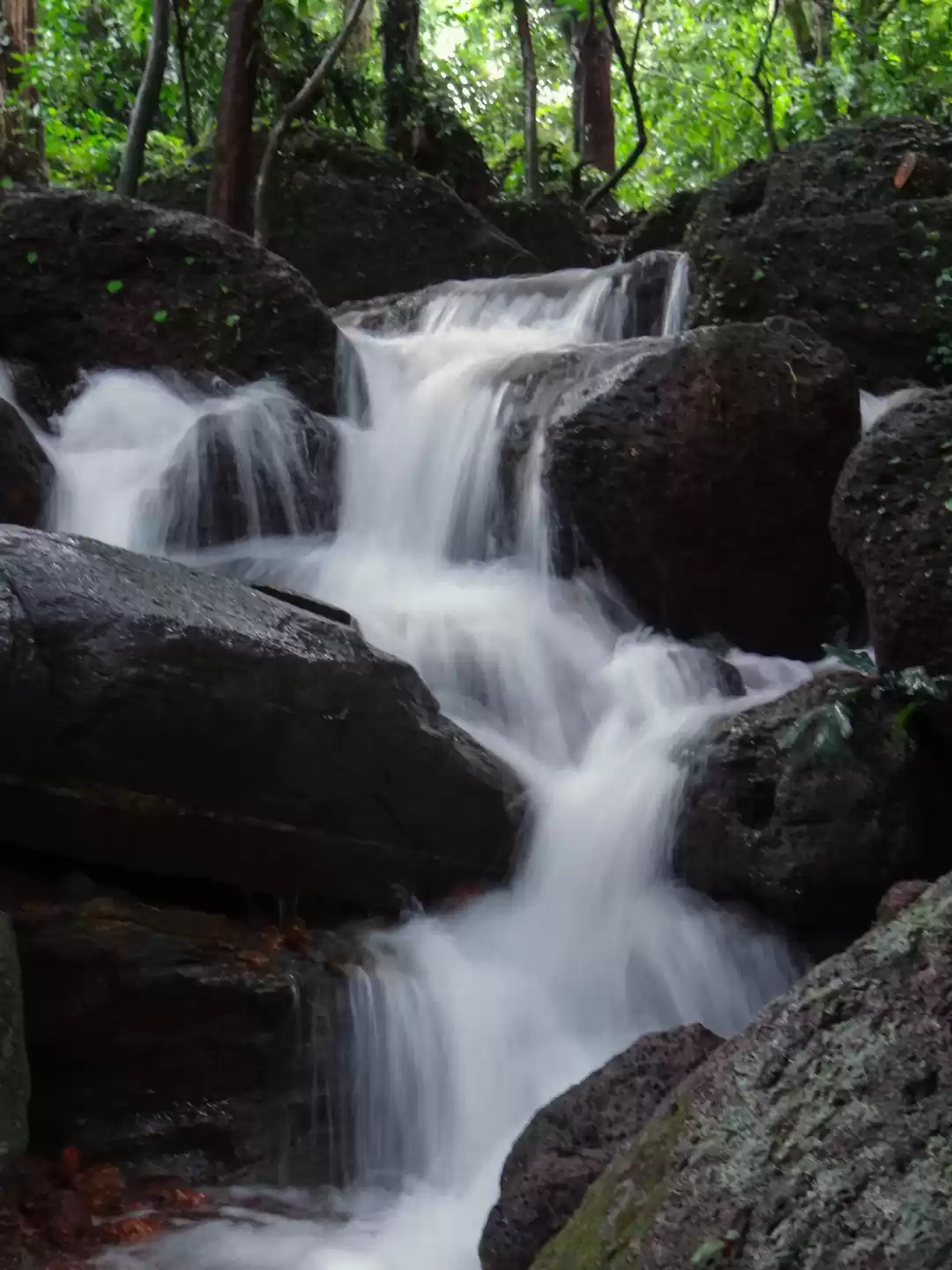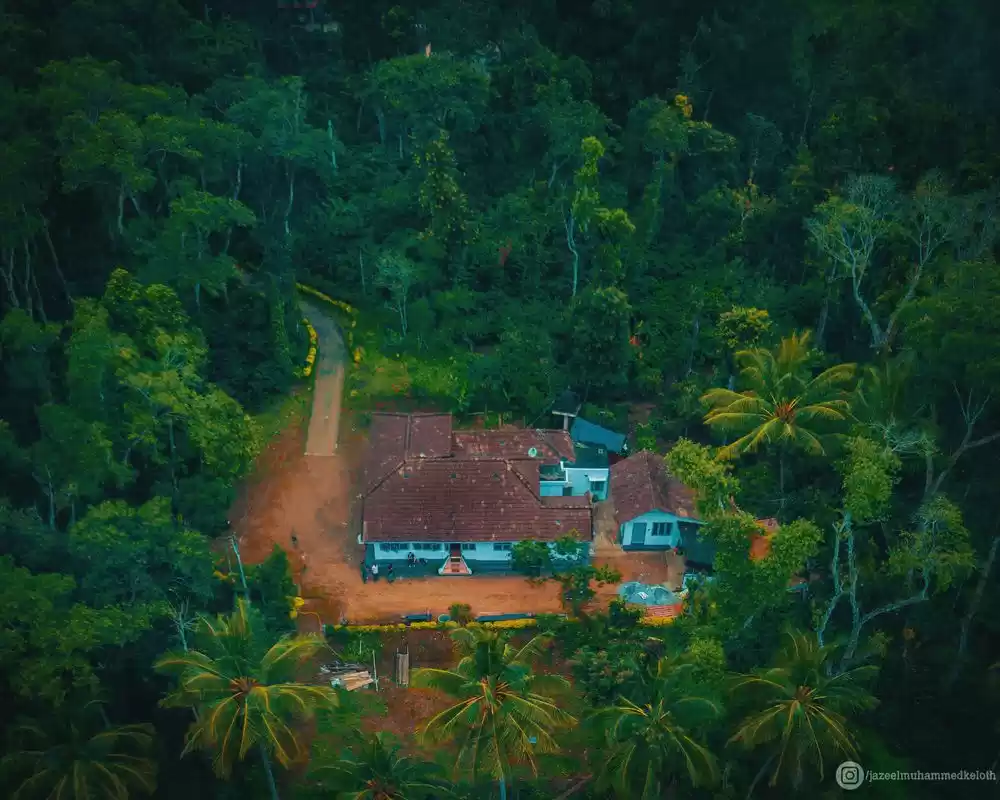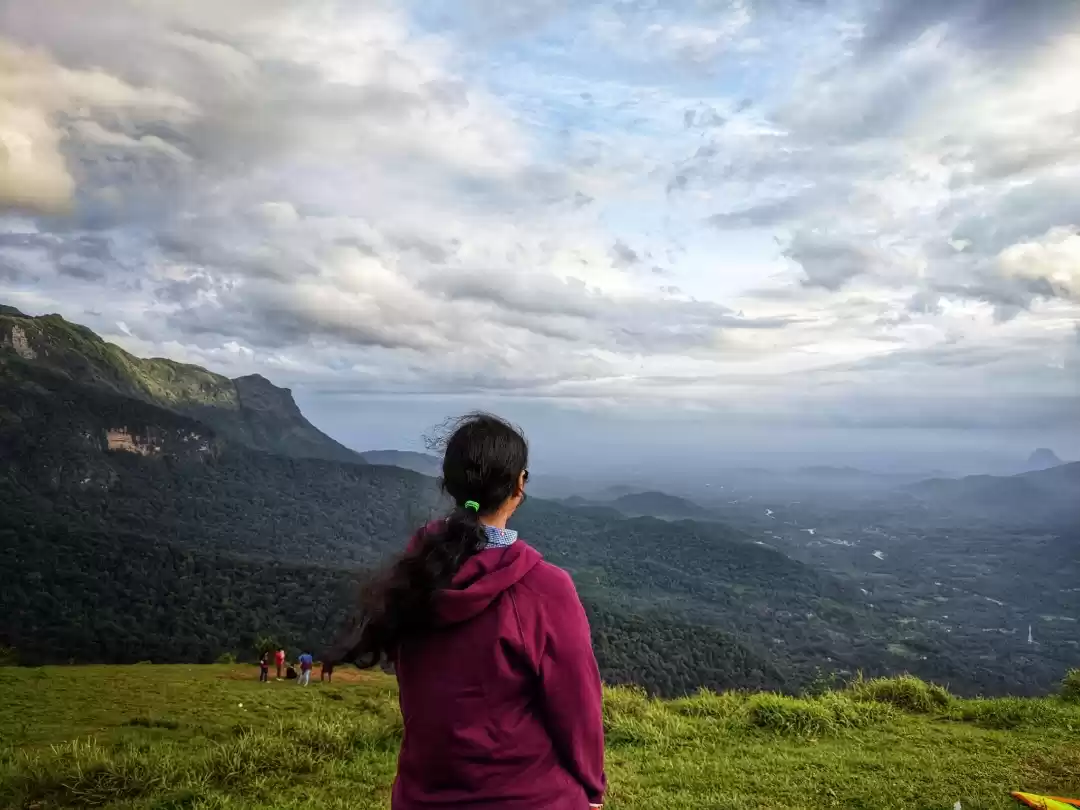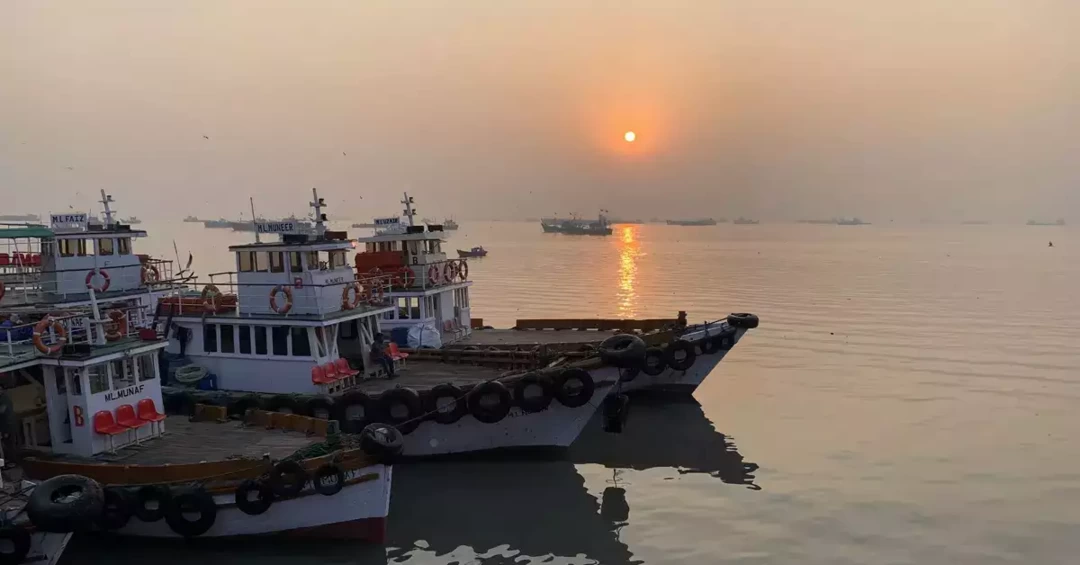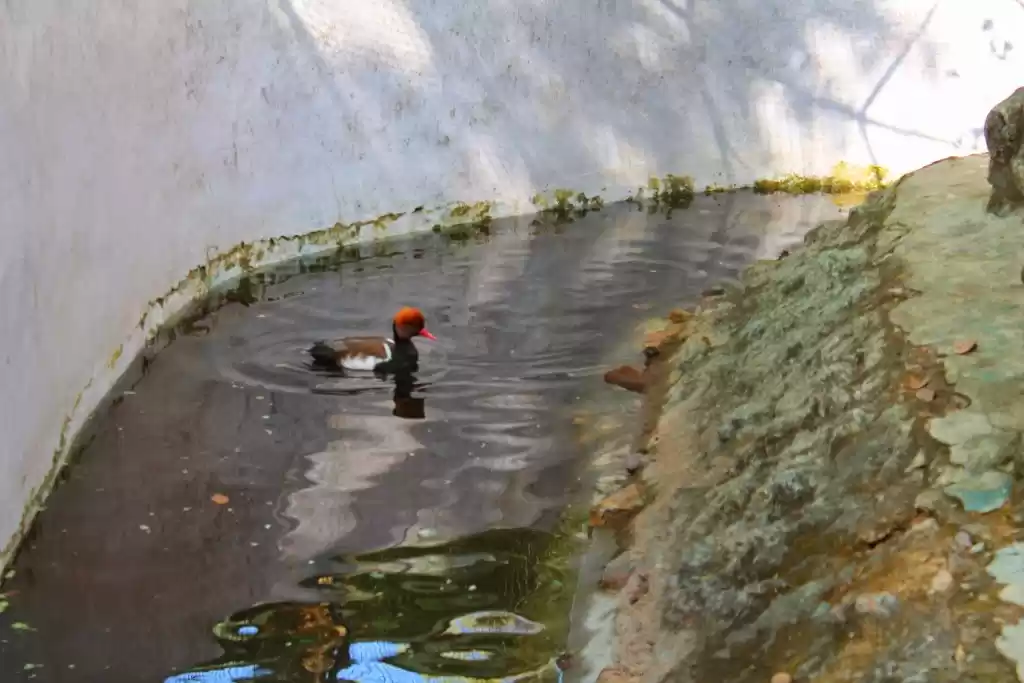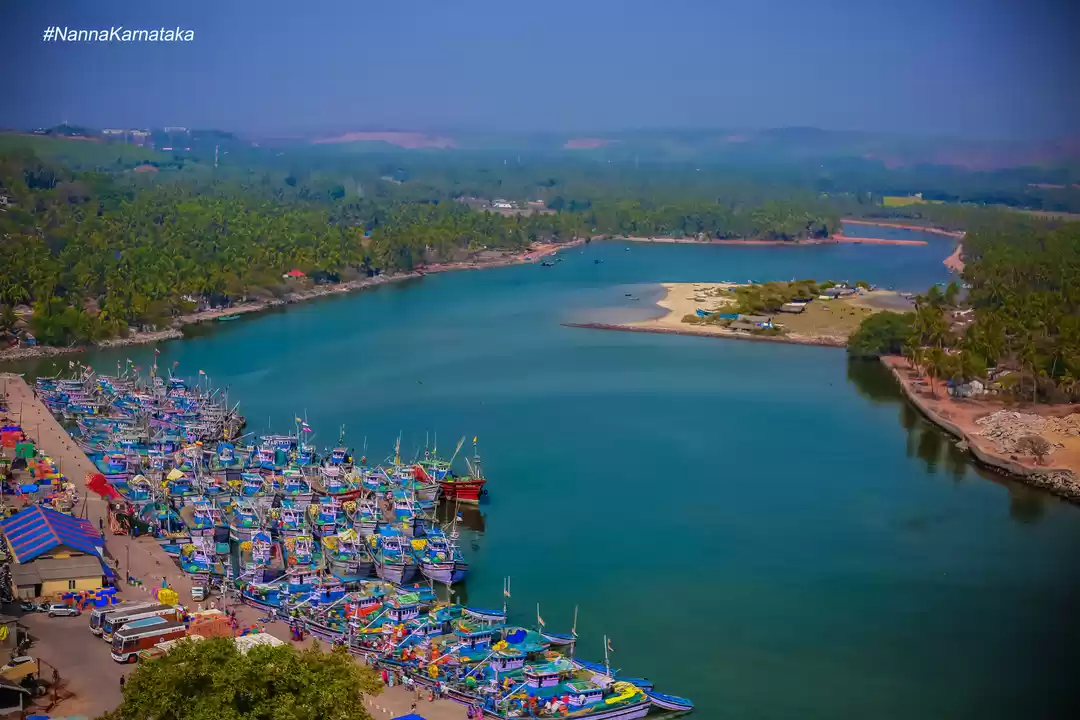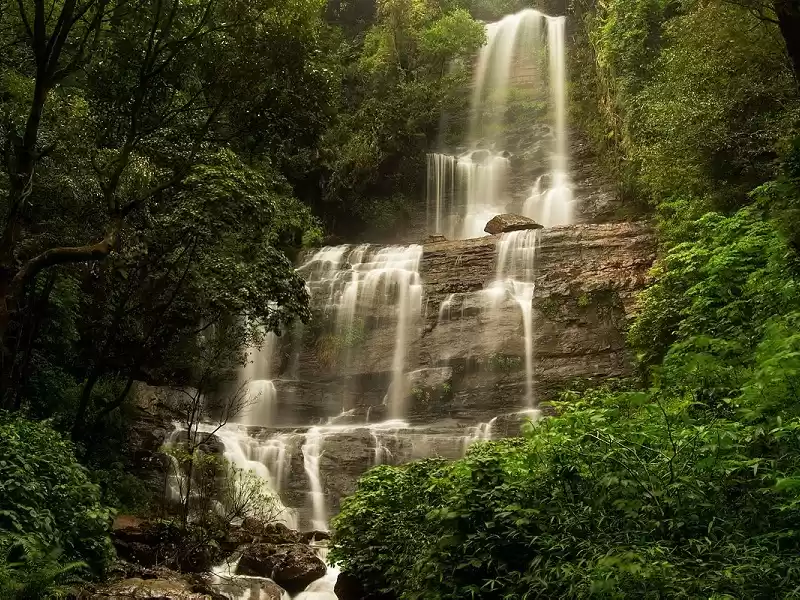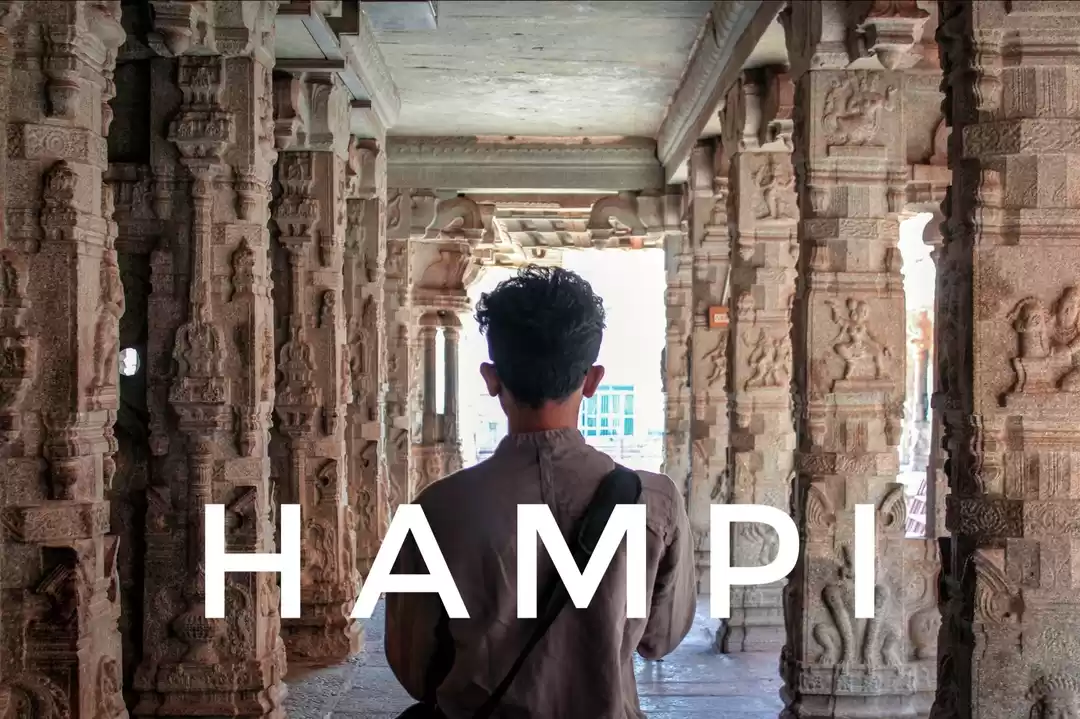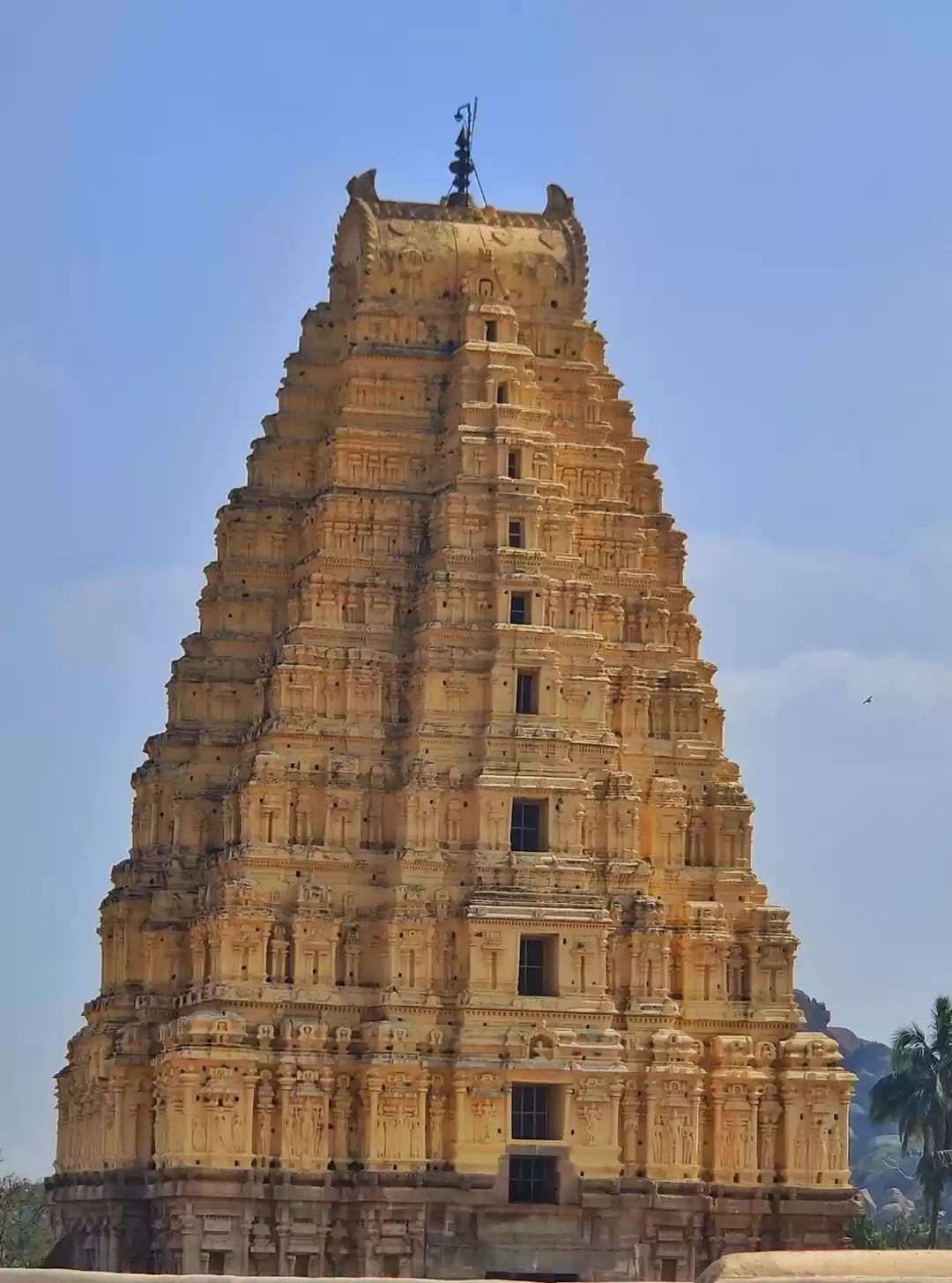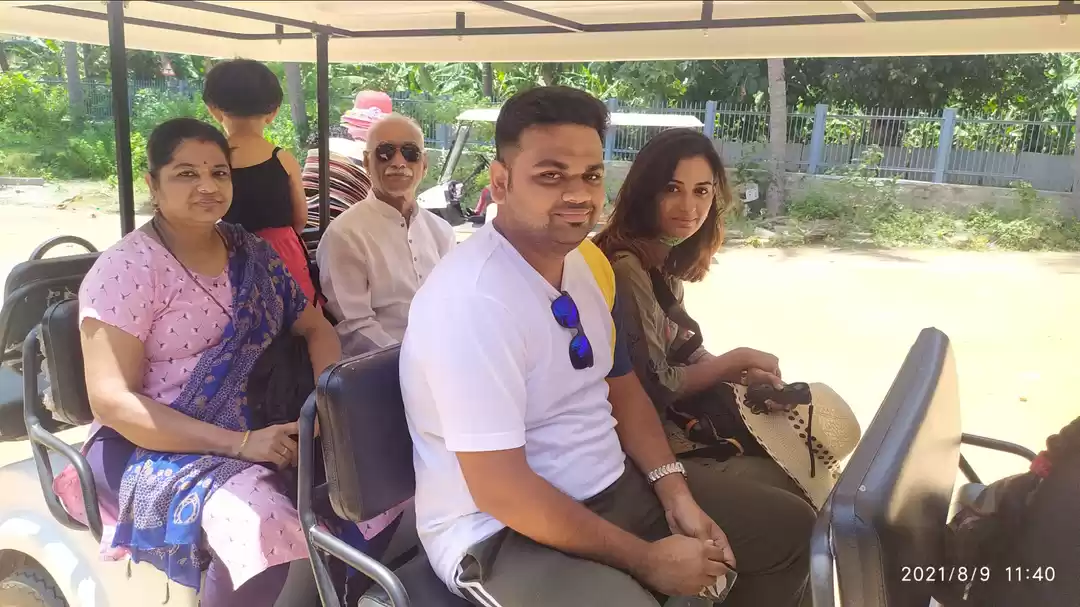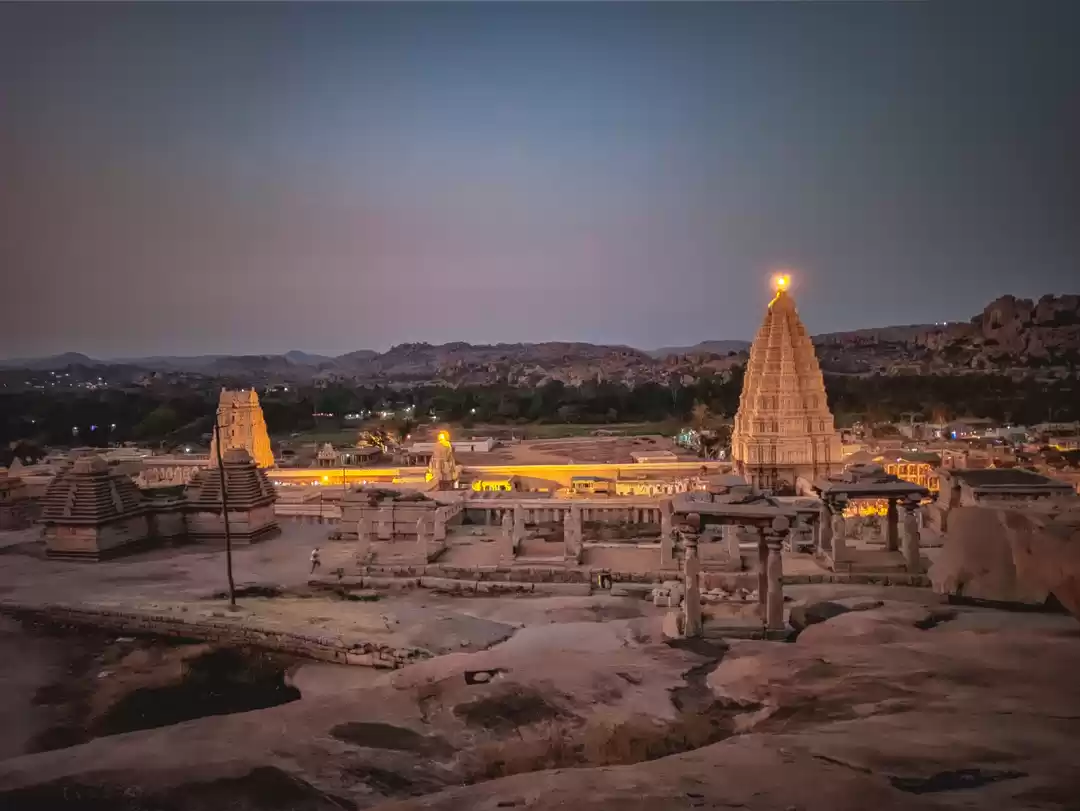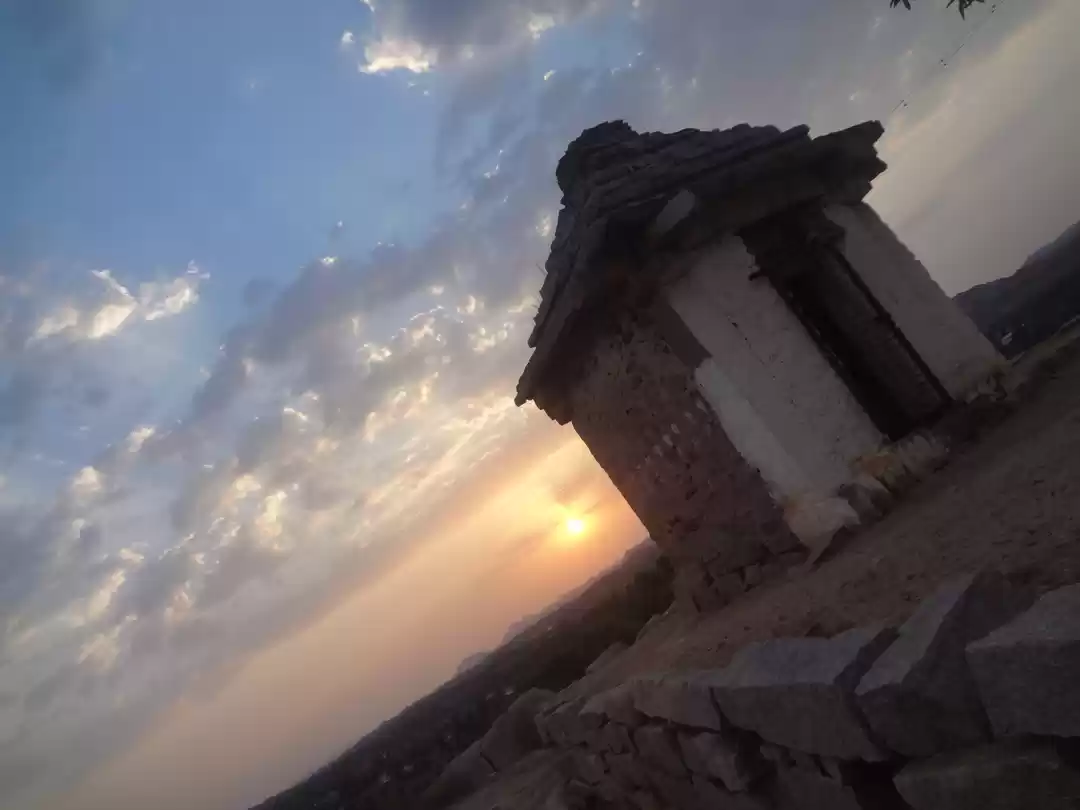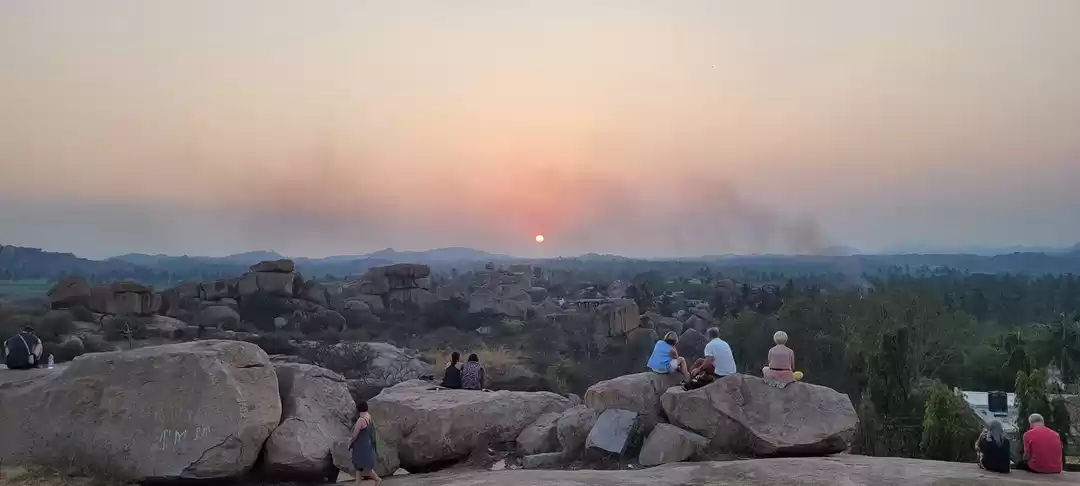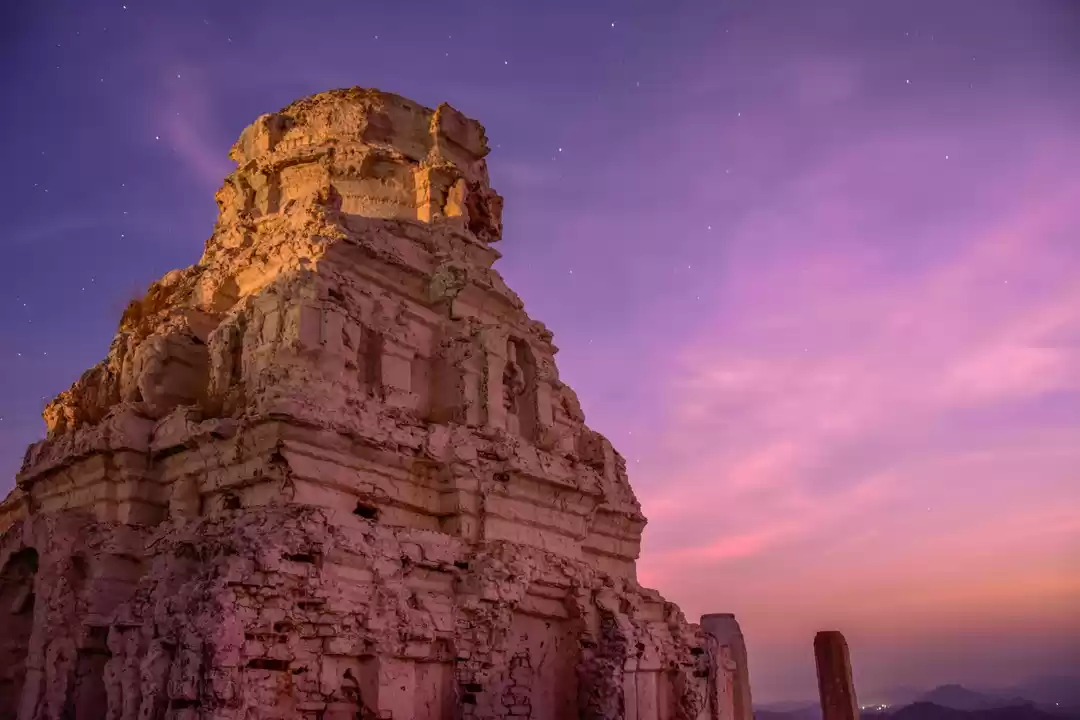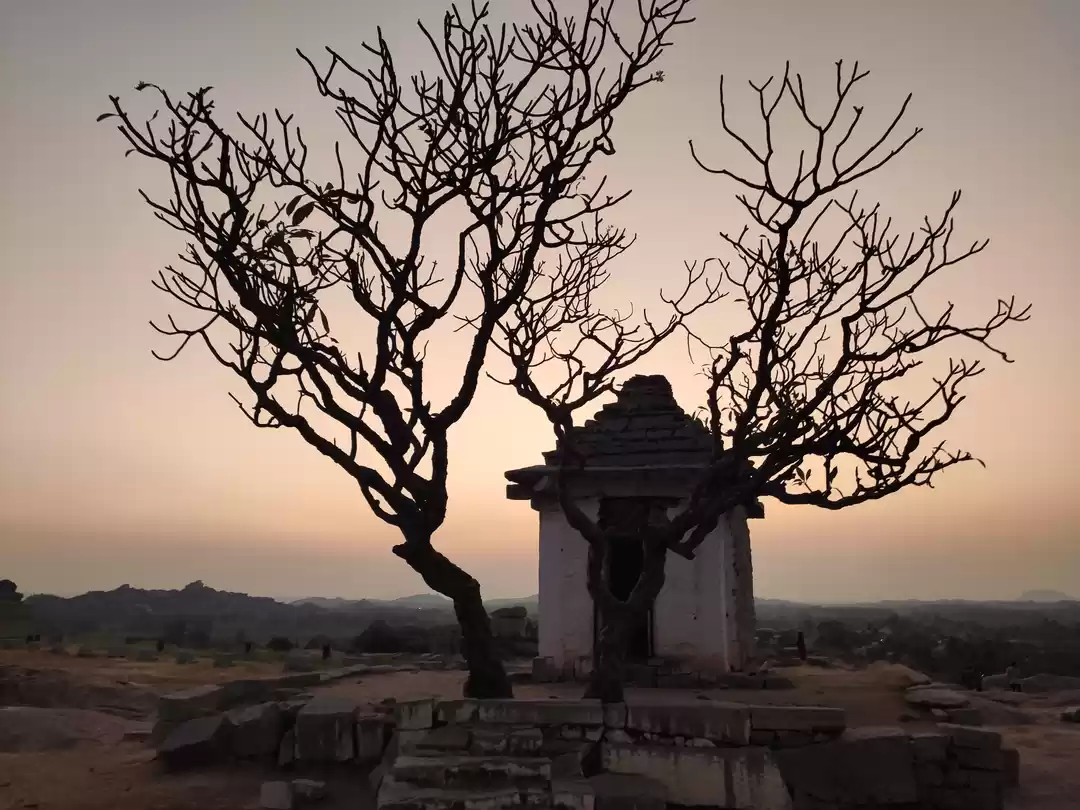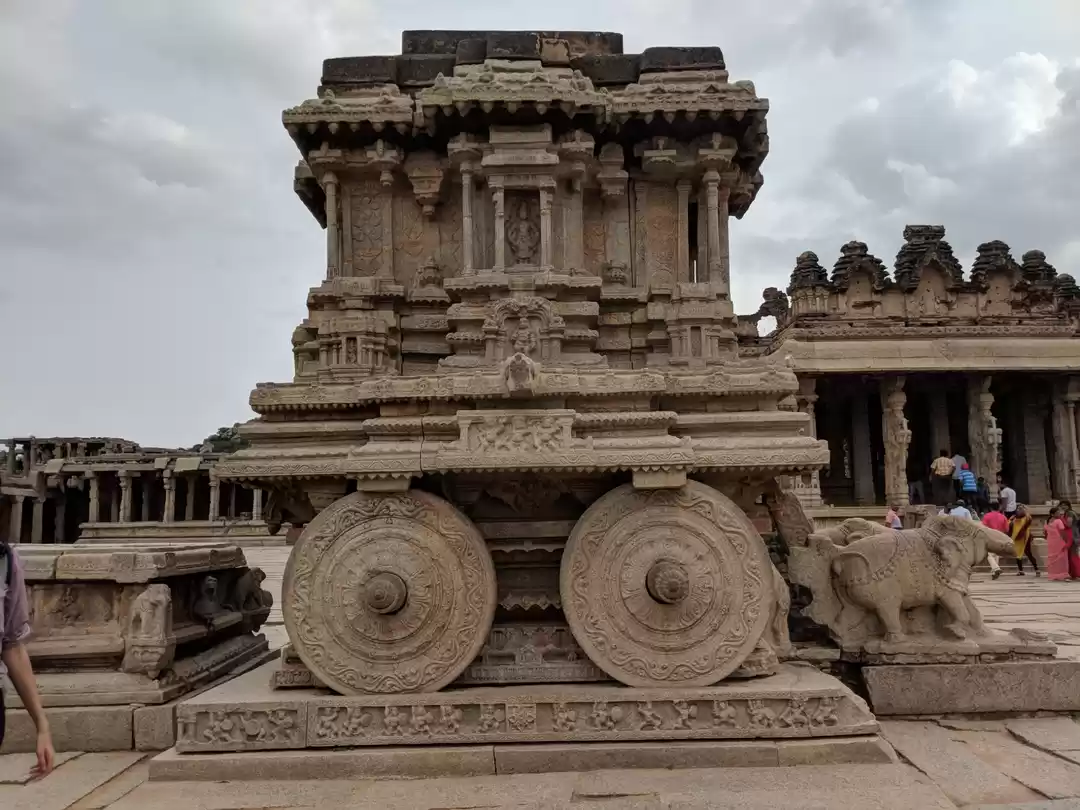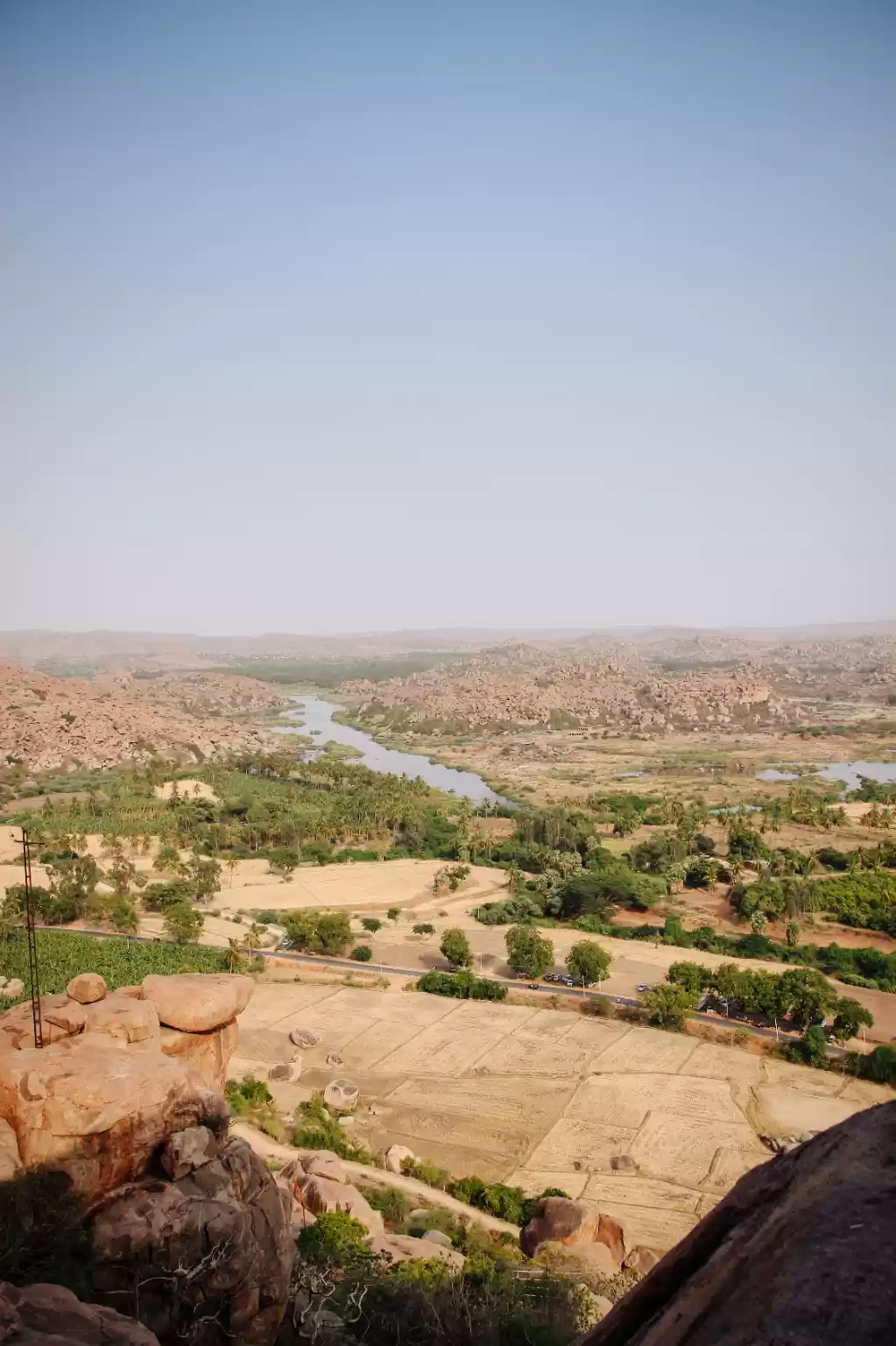Our trip to Hampi will always be close to my heart for numerous reasons. First, this was our first official historical getaway. Second, I didn’t know I was so fascinated by ancient art and architecture. Third, I didn’t know I’d walk 35 kms over a period of 4 days to see the ruins around the city of Hampi, and finally, I realized that there is more to life than work and the same old routine.
This is probably when it all began; the love for travel, history, mythology and possibly, the urge to do more of this.
I’m not going to bore you with the details of the trip but believe you me, I remember every minute of it. Yes, it was about 3 1/2 year ago, but I guess that’s what a canvas of ruins can do to your mind and soul.
Here’s a little something of what we experienced while at this famous UNESCO Site and one our most favorite architectural historian Dr. George Michell’s home ground, I would call it.
In our words, this is our complete guide to Hampi.
So, a few things to keep in mind when you are traveling to Hampi:
- You will need to book your train tickets to Hospet. We took the Hampi Express from Bangalore to Hospet and we reached the station at around 7.00 am in the morning.
- Try staying closer to the ruins. We stayed at KSTDC Hotel which was just a stone’s throw away from where the Queen’s Bath is located.
- Walk around as much as you can. Trust me, it’s not going to exhaust you. You’ll be dumbstruck looking at how beautiful each ruin is. And more importantly, you will have the chance to imagine how the Ancient City of Hampi could have been. The other way to get around could be to cycle around, but I would still vote for walking around :)
- Spend a minimum of four days. This place definitely deserves more than two weeks in case you’d like to do the entire belt of ruins at one stretch but Hampi definitely takes time specially if you are one of those people who likes to spend a good while at each ruin.
- Brush up on your history. If you are clueless about the Vijayanagara Empire, do read a little about them before or during your visit to Hampi. This helps you imagine a lot more given that each ruin has a story to tell, visually of course.
- Take a local guide along if possible. A gentleman named Lokabhi tagged along with us during our trip. He probably did lose a couple of pounds walking around with us but I guess he did have a good time. He is an ASI approved guide who had his facts right; now that’s quite a rare sighting I would say. Local guides know the best routes and timings when to visit and how to get there.
So here’s our step-by-step guide to Hampi. We really hope you have a great time as we did in case you decide to visit this City of Victory!
This was the royal abode of the Vijayanagara Empire till their downfall in the late 16th Century. Our personal favorite was the stepped well within the royal enclosure.
The Chandrashekara temple dates back to the 16th century. This is said to be one of the earliest structures to be built by the Vijayanagara Empire. This temple is dedicated to Lord Shiva. The Temple can be located right next to Queen’s Bath.
The Hazara Rama Temple was built in the 15th Century by King Devaraya II. As the name suggests, this temple has a multitude of relics of Lord Rama and Lord Krishna. The bas relief depicts a procession of horses, elephants, soldiers, dancers etc.and narrates the famous epic, Ramayana.
Located closer to the entrance of the Royal Enclosure, the Queen’s Bath is a colossal bathing place for the King and his queens. Using a network of aqueducts and canals, this Bath had a constant supply of fresh water. This was constructed by King Achyutaraya.
The Prasanna Virupaksha Temple is otherwise called the underground Shiva Temple. This Temple is submerged in water for most part of the year for no known reasons. This is one of the oldest temples in the city of Hampi.
The Achyuta Raya Temple was built in 1534 AD during the reign of King Achyuta Deva Raya, and is one of the last creations of the Vijayanagara Empire. This stellar piece of architecture is located between the Gandhamadana and Matanga hills. In front of the temple is the Courtesan Street which was called the Sule Bazaar or the Soolia Bazaar; it was also famously known as the dancing girls market.
Sasivekalu Ganesha is the one with a snake around his tummy and unfortunately has a broken tusk. According to inscriptions found nearby, it was built by a trader from Chandragiri in memory of Narasimha II, one the Vijayanagara Kings.
The Kadalekalu Ganesha statue is 15 ft high. This is one of the largest sculptures in Hampi.
The Lakshmi Narasimha Temple is the largest sculpture in Hampi. Otherwise called as Ugra Narasimha (Narasimha in a terrifying form), the Lord is seen sitting on Sesha, the seven-headed snake. One can also see a belt around his legs supporting his knees. Goddess Lakshmi was carved to be sitting on his lap but was damaged during the fall of the Empire.
The rock paintings in Onake Kindi is also a must-visit in Hampi. These can be located on large boulders that can be located near Anegundi, a village in the Gangavathi Taluk i.e. 5 km away from the historical site of Hampi. These paintings belong to the Iron Age and date back to 1500 BC.
The Virupaksha Temple is one of the oldest functioning temple in India; inscriptions suggest that it probably started around the 7th Century AD. As the name suggests, this temple is dedicated to Lord Shiva. What surprised us the most was the concept of the pinhole camera which is used to project the inverted image of the Raja Gopuram; this can be located right above the inner sanctum. The pathway is a little cramped, you might have to brace yourself but this is definitely a sight you must not miss!
The Hemakuta Group of Temples is situated right next to the Virupaksha Temple. As the name goes, they are located on the Hemakuta Hill which is a good 15 minute climb. These temples are from the pre-Vijayanagara period and most temples are dedicated to Lord Shiva for a lot of reasons. The construction of these temples date back to between the 9th and 14th centuries. The construction of these temples are such that they could be mistaken as Jain temples as well.
The Pattabhirama Temple is located about 6 km away from Hampi. The temple is dedicated to Lord Rama.
The Vittala Temple was one of my personal favorites. The temple dates back to the 15th Century AD and was built during the reign of King Devaraya II. The complex was later expanded during the reign of King Krishnadevaraya. Otherwise called the Shri Vijaya Vitthala Temple, this magnificent structure is dedicated to Lord Vittala, an avatar of Lord Vishnu. The main attractions in this complex are numerous but for this post, I’m going to pick two: the musical pillars in the Ranga Mantapa and the Stone Chariot. Although it looks like a monolith, the Stone Chariot is built with multiple granite blocks. The Chariot is dedicated to Garuda, the carrier of Lord Vishnu. This Chariot is one of the three famous Stone Chariots in India; the other two are situated in Konark and Mahabalipuram. The Ranga Mantapa has over 56 musical pillars. Also known as the Sa Re Ga Ma pillars, each pillar has a distinct note when tapped gently.
This is the King’s Balance or the Tula Bhara. The Balance was used in the 15th century where the Vijayanagara Kings would weigh themselves against gold, silver, gems and jewellery on important occasions like Dasara, Coronation Day, New Year’s Day etc. All of the jewellery and the gold that weighs as much as the King is then given away to the priests of the temple. The interesting point to note here is that the food cooked for the king was often fatty so that they get more wealth that could be distributed to the priests. A little away from the King’s Balance, as you climb up the small hill, you hit a place that is supposedly where Lakshmana drew the line for Sita to ensure she doesn’t step out of the hut.
This is the view of the Hampi Bazaar and the Nandi when you walk straight up from the Virupaksha main entrance.
The Lotus Mahal or the Zenana Enclosure is still in tact. The dome is in the shape of the lotus bud and the towers are pyramidal in shape; this way the entire building looks like a lotus by itself. The structure was initially protected by four watch towers, but you can see only three of them today.
Right behind the Mahal is a beautiful series of Elephant Stables and you can’t take your eyes off.
